
What Does Mummification Mean in Ancient Egypt?
Mummification is one of the most fascinating and enduring practices of ancient Egyptian civilization. But what does mummification mean in ancient Egypt? Mummification refers to a treatment that a dead body undergoes in preparation for life in another world. The ancient Egyptians believed that for the soul to have a place to live in the afterlife, it needed the physical body to be preserved. Mummification ensured that the body would remain intact for eternity, thus enabling the deceased to live in the next world.
What Is Mummification?
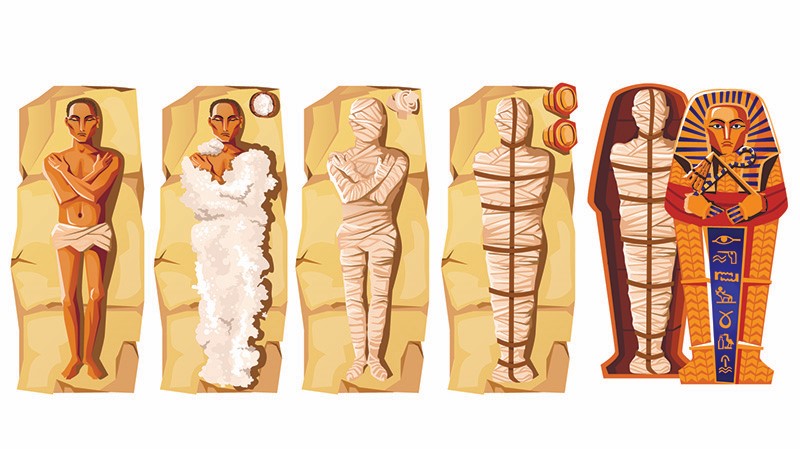
Mummification is the preservation of a body by artificial processes. In the case of a dead person, it is an absolute necessity so that the individual can pass safely to the other world; this is part of his eternity according to belief. Without mummification, the soul loses its way; it cannot regain the body, without which eternal life will be impossible to attain.
The word "mummy" is derived from the Persian word "mumia," meaning bitumen, a black resin used in mummification. Over time, it came to be applied to the preserved bodies of ancient Egypt.
The Origins and Purpose of Mummification
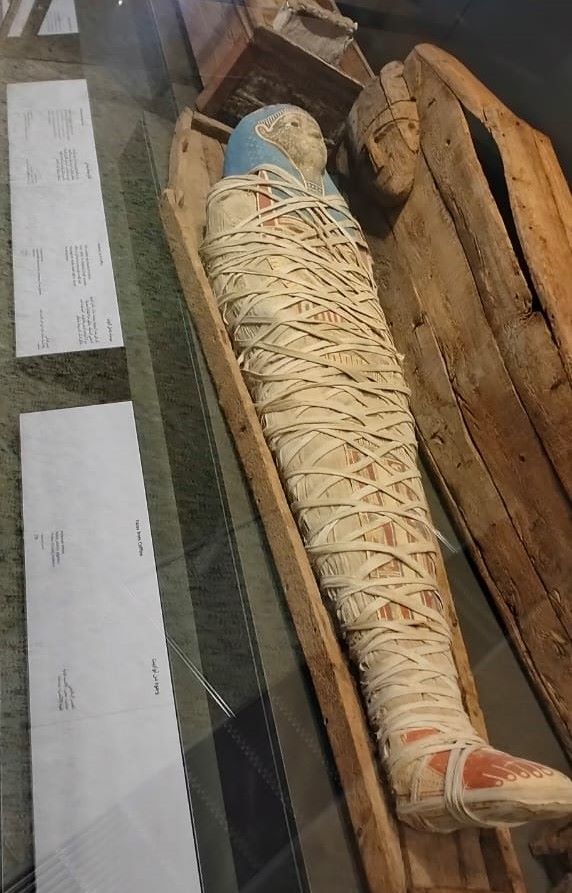
The earliest mummification in ancient Egypt began around 3500 BCE. These efforts of early experimentation with techniques of preservation developed into the complex process of mummification that became standardized by the time of the Old Kingdom, which began about 2686-2181 BCE.
The main purpose of mummification was to:
- Preserve the physical body for use in the afterlife
- Provide a recognizable form for the soul (ka) to return to
- Allow the deceased to pass into the afterlife and achieve eternal life
Ancient Egyptians believed a lost soul unable to continue its way into the next life was a necessary evil if its old body had fallen apart. That is how a well-preserved body, by the process of mummification, enabled the dead in life to guarantee an easier or more successful rebirth.
"The body was mummified so that the soul could return to it. Without the body, there could be no eternal life." - Dr. Salima Ikram, Egyptologist.
The Mummification Process
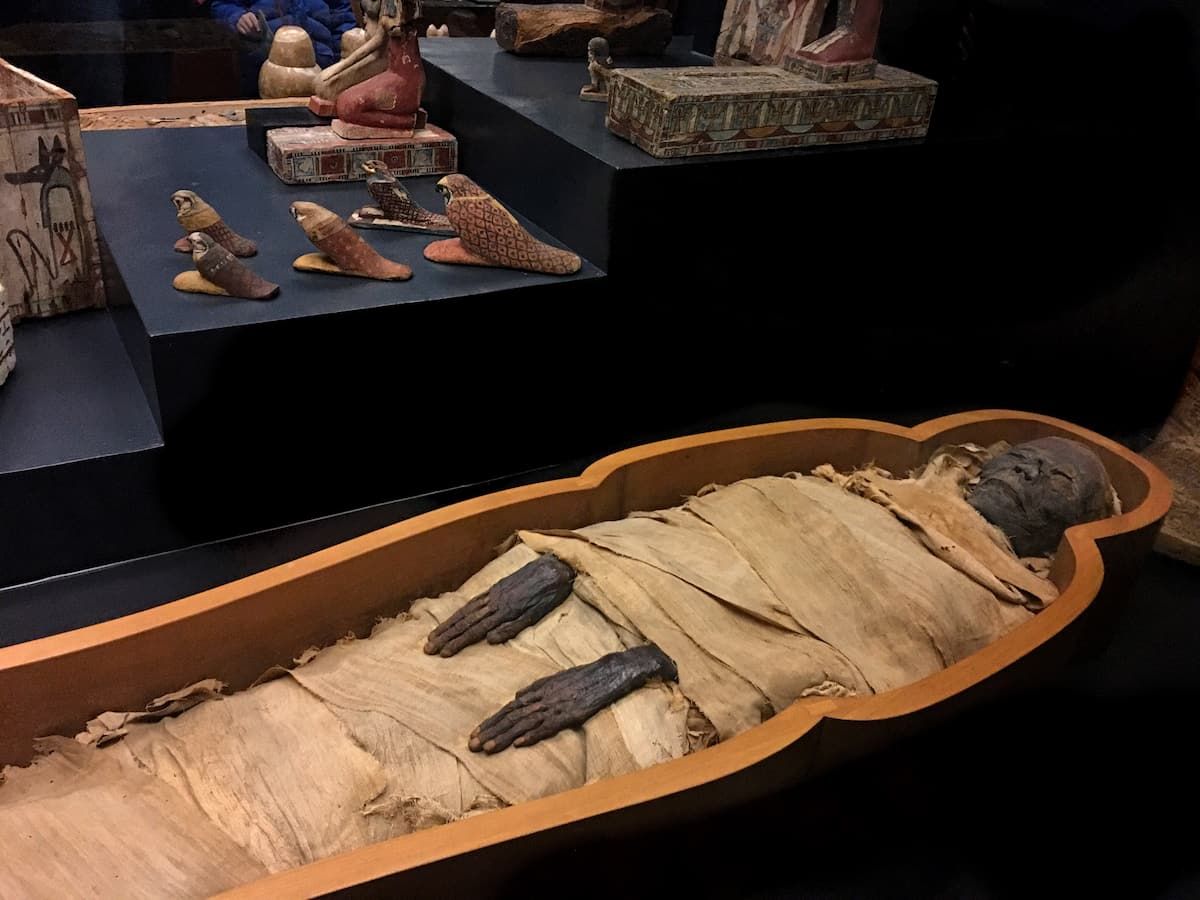
The mummification process was complex, taking approximately 70 days to complete. It involved several key stages:
- Purification and washing of the body
- Removal of internal organs
- Desiccation of the body using natron salt
- Embalming and wrapping the body
- Placement in a coffin/sarcophagus
Let's examine each of these stages in more detail:
1. Purification and Washing
The process started with ritual purification. The body was washed with water from the Nile and palm wine. This cleansing prepared the body for the next steps and held important symbolic meaning.
2. Removal of Internal Organs
Next, most internal organs were taken out carefully by making an incision in the left side of the abdomen. The lung, stomach, liver, and intestines were all preserved separately in their canopic jars. Noticeably, the heart was usually allowed to stay inside, for it was to be considered the seat of the soul.
The brain was removed through the nose with a long hook. The Egyptians curiously thought the brain was useless for anything, so it was discarded.
3. Desiccation with Natron
After the removal of organs, the body cavity was packed with natron, a natural salt that has very good drying properties. The body was then covered completely in natron for 40 days. This important step removed all moisture from the tissues and prevented decay.
4. Embalming and Wrapping
When the body was dehydrated, it was washed and covered with oils and resins that would help maintain skin elasticity. The body cavity was filled with linen and other materials to retain its shape.
The next step in the process was wrapping, involving hundreds of yards of linen bandages, carefully wrapping the body. Amulets and jewels were often placed between the wrappings for magical protection. Sometimes a portrait mask was placed over the head.
5. Placement in Coffin/Sarcophagus
Finally, the mummy was placed in a wooden coffin, often nested inside a stone sarcophagus for further security. These were elaborately adorned with spells and pictures to help the deceased in their travels.
Significance of the Canopic Jars
The organs extracted were preserved in four canopic jars, each under the protection of a different god:
|
Organ |
God |
Representation |
|
Liver |
Imsety |
Human-headed |
|
Lungs |
Hapi |
Baboon-headed |
|
Stomach |
Duamutef |
Jackal-headed |
|
Intestines |
Qebehsenuef |
Falcon-headed |
These jars were buried with the mummy, ensuring all body parts were preserved for use in the afterlife.
Tools and Materials Used in Mummification
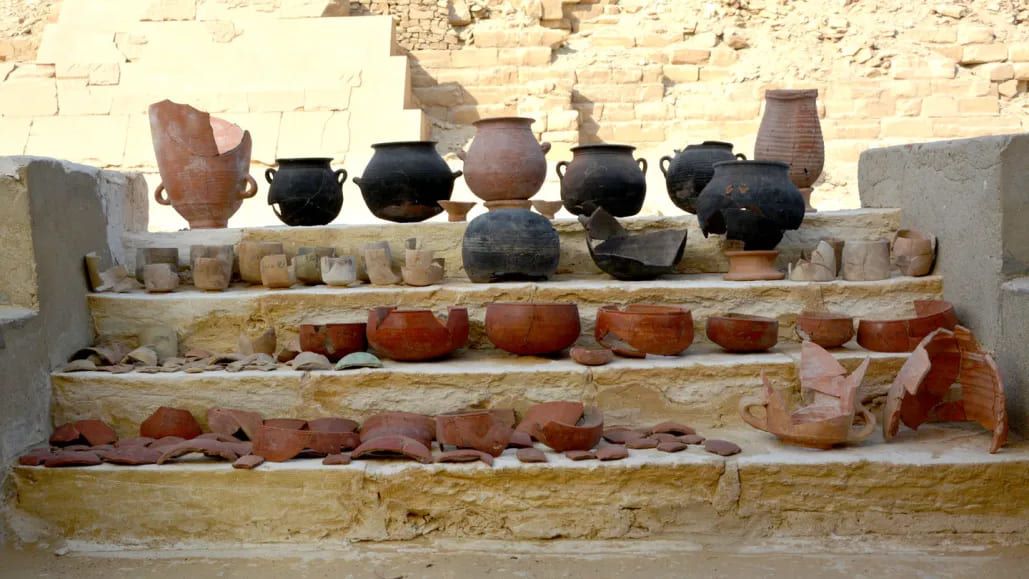
Mummification required a lot of tools and materials, most of which were highly specialized. Here are some of the things the ancient Egyptians used:
Tools
- Hooked Instruments: To remove the brain through the nostril.
- Knives and Saws: To make incisions and to remove internal organs.
- Natron Pads: To dry out the body and preserve it.
- Linen Strips: For wrapping the body in layers.
Materials
- Natron: used to dehydrate the body, a natural salt.
- Resin: applied for sealing the body and giving it a life-like appearance.
- Palm Wine and Nile Water: used for purification.
- Amulets: Place between layers of linen to protect in the afterlife.
Types of Mummies
Not all mummies are created equal. The ancient Egyptians mummified different types of bodies, each with its significance.
Human Mummies
- Royal Mummies: The most elaborate mummification was reserved for the pharaohs and their families.
- Commoners: Those who were wealthy enough could afford simpler versions of the process.
Animal Mummies
- Sacred Animals: Cats, ibises, and crocodiles were mummified as offerings to the gods.
- Pets: Some Egyptians mummified their beloved pets to accompany them in the afterlife.
Famous Pharaohs and Their Mummies
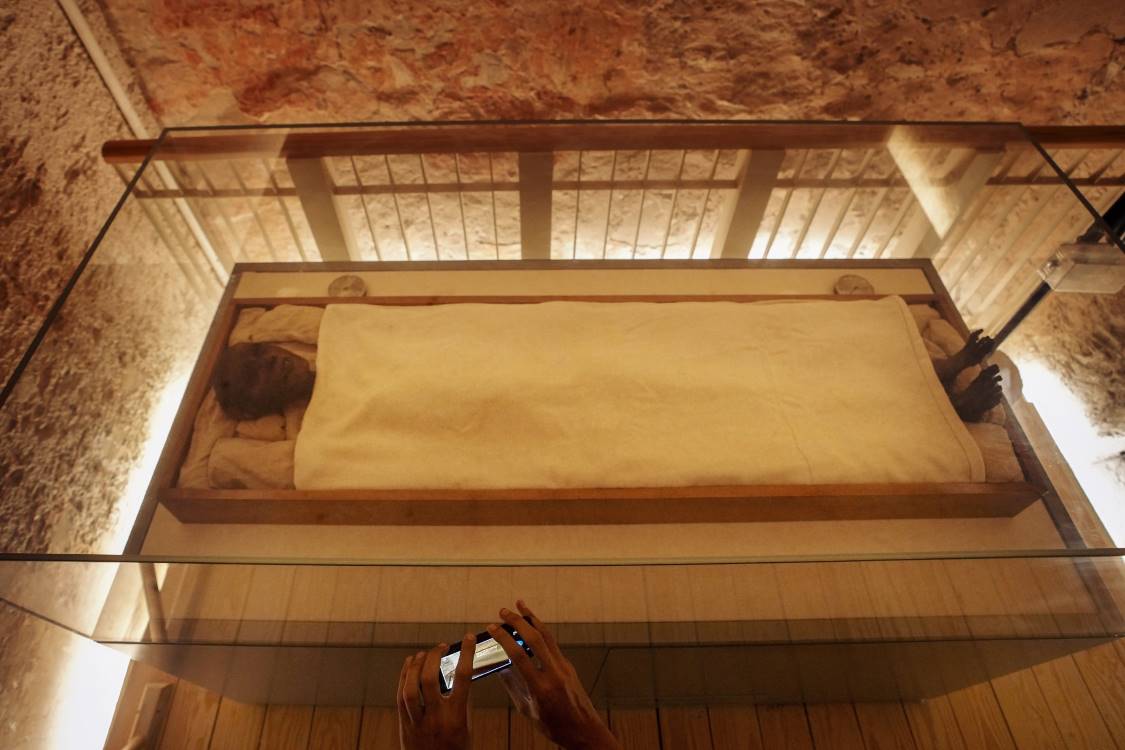
Some of the most famous mummies in history belong to ancient Egyptian pharaohs. These rulers were mummified with great care to ensure their eternal legacy.
Tutankhamun
Discovered in 1922, King Tut's mummy is one of the best-preserved and studied. His tomb contained treasures that provided invaluable insight into ancient Egyptian culture.
Ramses II
Known as Ramses the Great, his mummy shows signs of arthritis and dental problems, which may provide clues about his life and health.
Hatshepsut
The mummy of the female pharaoh was identified in 2007, after many years of mystery about her final resting place.
Archaeological Discoveries and Studies
Modern archaeology has transformed knowledge of mummification. Following are some of the important discoveries and studies:
CT Scans and X-Rays
Sophisticated imaging can enable researchers to learn from mummies without destroying them. Such scans outline information on age, health, and even the cause of death.
DNA Analysis
Genetic studies have revealed much about family links and the origins of ancient Egyptians.
Some Interesting Finds
- The Valley of the Kings: this area houses the greatest number of royal tombs, among them that of Tutankhamun.
- The Saqqara Necropolis: Recently discovered tombs and mummies have revealed aspects of Egyptian history that were not so well known.
Mummification and Ancient Egyptian Beliefs: The Journey to the Afterlife
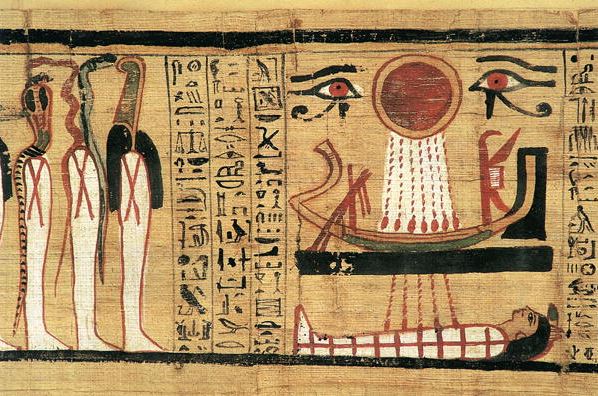
The religiously profound aspect of mummification was deep in the religious belief of the ancient Egyptians. They believed that after death the soul took a journey through the underworld, where various obstacles and tests lay in wait. Only a preserved body could allow the soul to make this journey and finally reach the afterlife. A set of spells and guidance within the "Book of the Dead" helped the deceased to cross such obstacles.
The Four Sons of Horus and Canopic Jars
As mentioned earlier, the internal organs removed during the process of mummification were put in canopic jars, each associated with one of the four sons of Horus, who guarded the organs:
- Imsety: Guarded the liver.
- Hapi: Guarded the lungs.
- Duamutef: Guarded the stomach.
- Kebehsenuef: Guarded the intestines.
The canopic jars played a great significance during these burials. It is elaborately decorated and usually was among those that Djesesis had put inside the tomb of a mummy.
The Book of the Dead
Preparation for the afterlife included the Book of the Dead, a series of spells and instructions to help guide the deceased through the underworld. The important elements included:
- Spells for protection
- Instructions for the weighing of the heart ceremony
- Declarations of innocence
- Prayers and hymns to various gods
Portions of the Book of the Dead were often inscribed on the tomb walls or included as papyrus scrolls with the mummy.
The Importance of the Nile in Mummification
The Nile River played an important role in mummification. Natron is the natural salt used to dry up the body, and it was found abundantly near the Nile. It is also in the river that water is produced as a vital necessity in different aspects of mummification.
Evolution of Mummification Practices
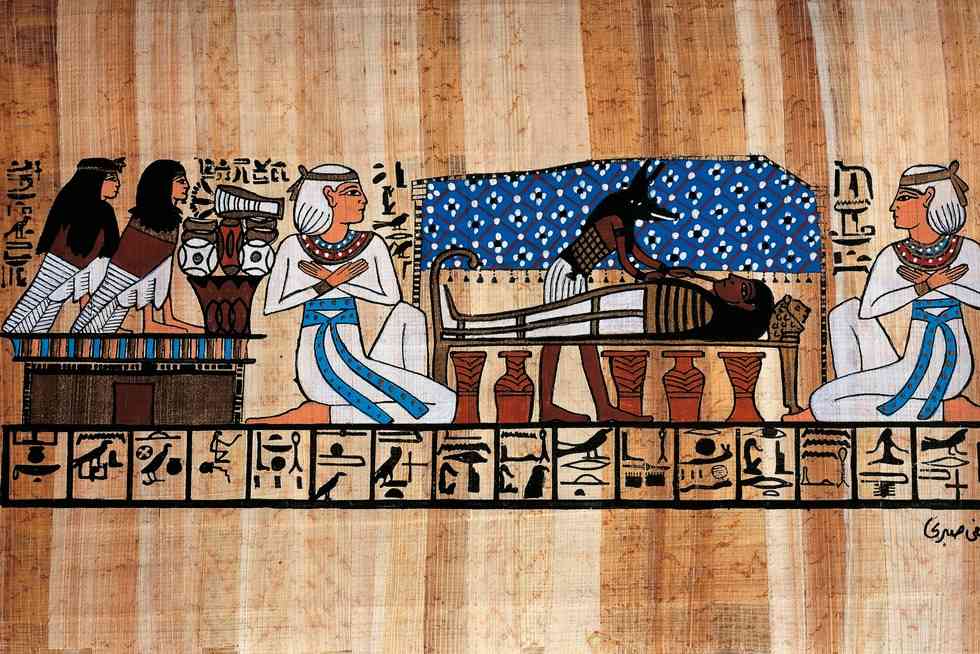
The methods of mummification developed throughout the millennia:
- Old Kingdom: Limited removal of organs, with rough desiccation
- Middle Kingdom: More professional embalming and canopic jars
- New Kingdom: Apogee of the art of mummification; detailed wrapping with amulets
- Late Period: Poor quality, with shallow methods
By the Roman period, it had become largely a cultural tradition rather than a religious one.
Animals and Mummification
It wasn't just humans who were mummified. Animals played a huge role in ancient Egyptian religion and were often mummified as:
- Pets to accompany the owner in the afterlife
- Sacred animals associated with particular gods
- Votive offerings to the gods
Examples of commonly found animal mummies include:
- Cats (sacred to Bastet)
- Ibises (sacred to Thoth)
- Crocodiles (sacred to Sobek)
- Falcons (sacred to Horus)
The discovery of millions of animal mummies gives some idea of how widespread this was.
The Ethics of Displaying Mummies
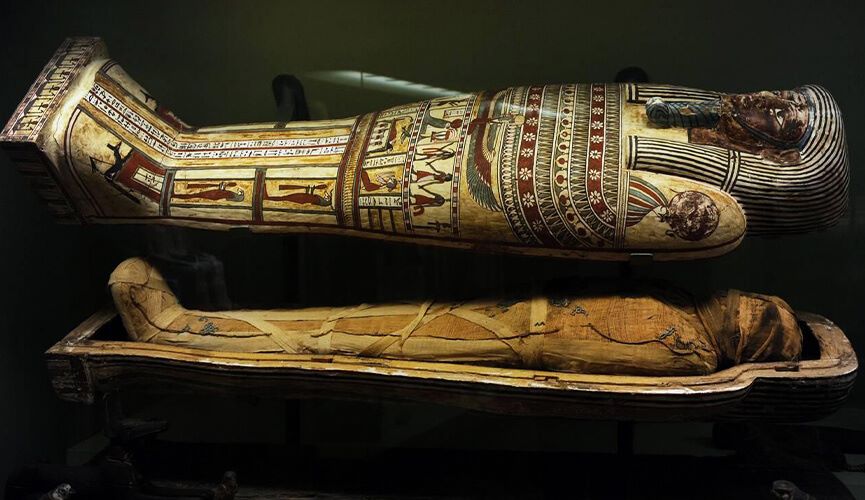
The display of mummies in museums raises ethical questions:
- Should human remains be on public display?
- How can we balance scientific study with respect for the dead?
- What are the cultural sensitivities around displaying remains from other cultures?
Many museums are grappling with these issues, with some choosing to limit mummy displays or provide more context around their significance.
Mummification's Impact on Modern Medicine
The surprising impact of the ancient Egyptian embalming process on modern medical practices includes:
- Early studies of mummies contributed to the development of modern anatomy
- Embalming techniques influenced the development of modern preservation methods
- Research on ancient Egyptian medicine has revealed the early use of antibiotics and other advanced medical knowledge
The Role of Mummification in Ancient Egyptian Society
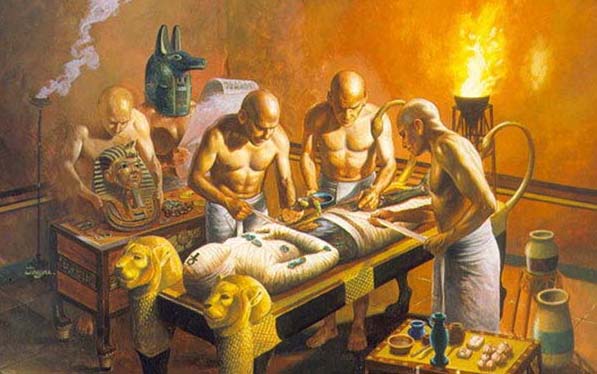
Mummification was much more than a burial practice in ancient Egypt; it was a cornerstone of society. Here's why:
1. Religious Beliefs
The Egyptians believed in an afterlife where the soul would face judgment. A well-preserved body ensures the soul's survival and happiness in the afterlife.
2. Economic Impact
Mummification needed professional embalmers, priests, and artisans. It provided employment and contributed to the economy.
3. Cultural Legacy
This eventually involved many more objects associated with mummification, including actual mummies, tombs, and canopic jars, which bear a wealth of meaning regarding life in ancient Egypt.
Unique Facts About Mummification
Here are some of the lesser-known facts about mummification in ancient Egypt:
- Animal Mummies: Over 70 million animal mummies have been found-many of them were given as offerings to the gods.
- Brain Removal: The brain was considered to be insignificant and was usually discarded.
- Finger and Toe Protection: Each finger and toe was wrapped individually so that the deceased could work with them in the afterlife.
- Resin Application: Resin was used on the body for sealing and giving it a realistic look.
The Legacy of Egyptian Mummification
The mummification process has fascinated people for centuries. Today, scientists use advanced technology like CT scans to study mummies without damaging them. These studies reveal details about ancient Egyptian health, diet, and lifestyle.
Moreover, the practice of mummification has influenced modern preservation techniques and continues to inspire art, literature, and film.
Conclusion
What does mummification mean in ancient Egypt? It was a sacred, elaborate process showing the depth of their beliefs in life, death, and thereafter. They did it to preserve the body, protecting the soul, thereby enabling these persons to live eternally through this process.
This vast and overwhelming country is going to share its land with Respect Egypt Tours to view some great tombs, temples, and museums representing incredible legacies in mummification. Being well-endowed with an explanation of what it was for the Ancient Egyptians, a deeper journey can be dug into their unique civilization.


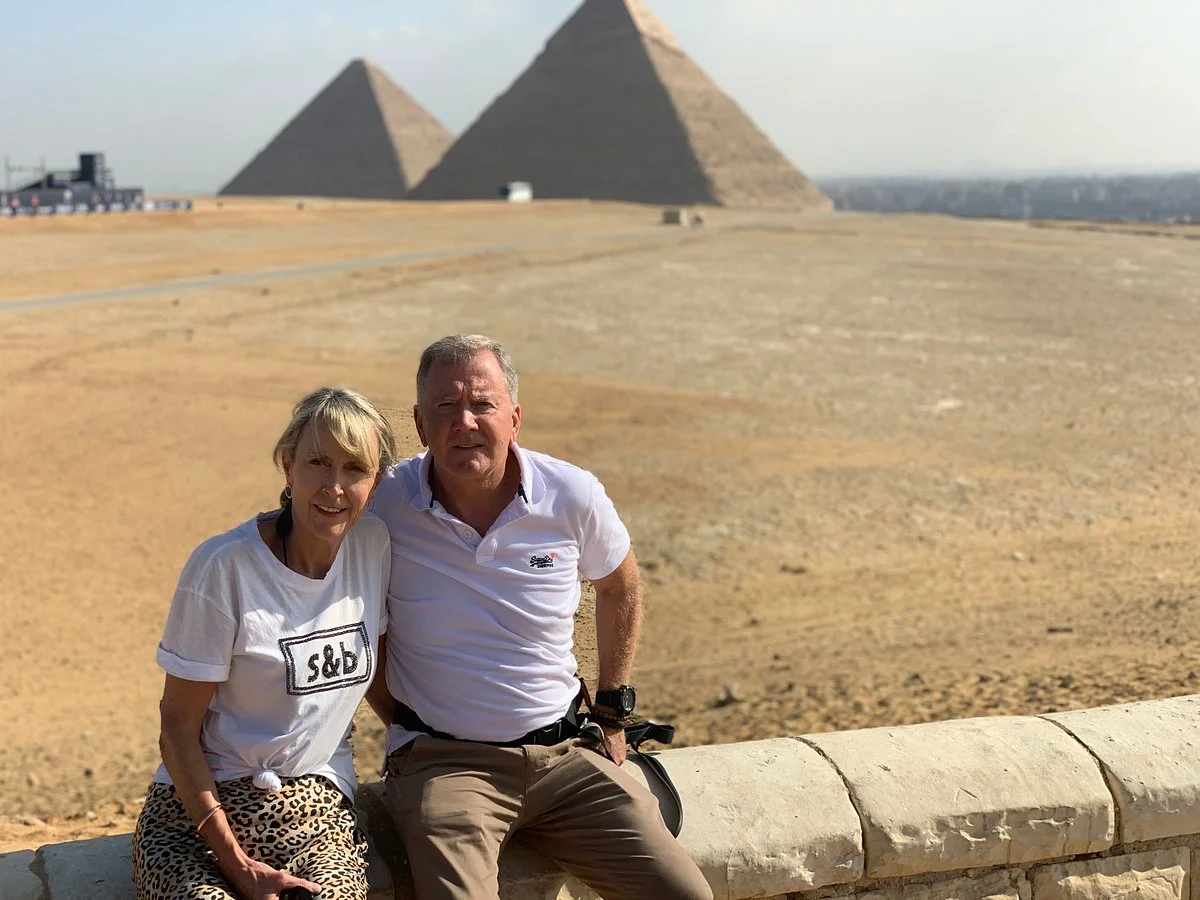
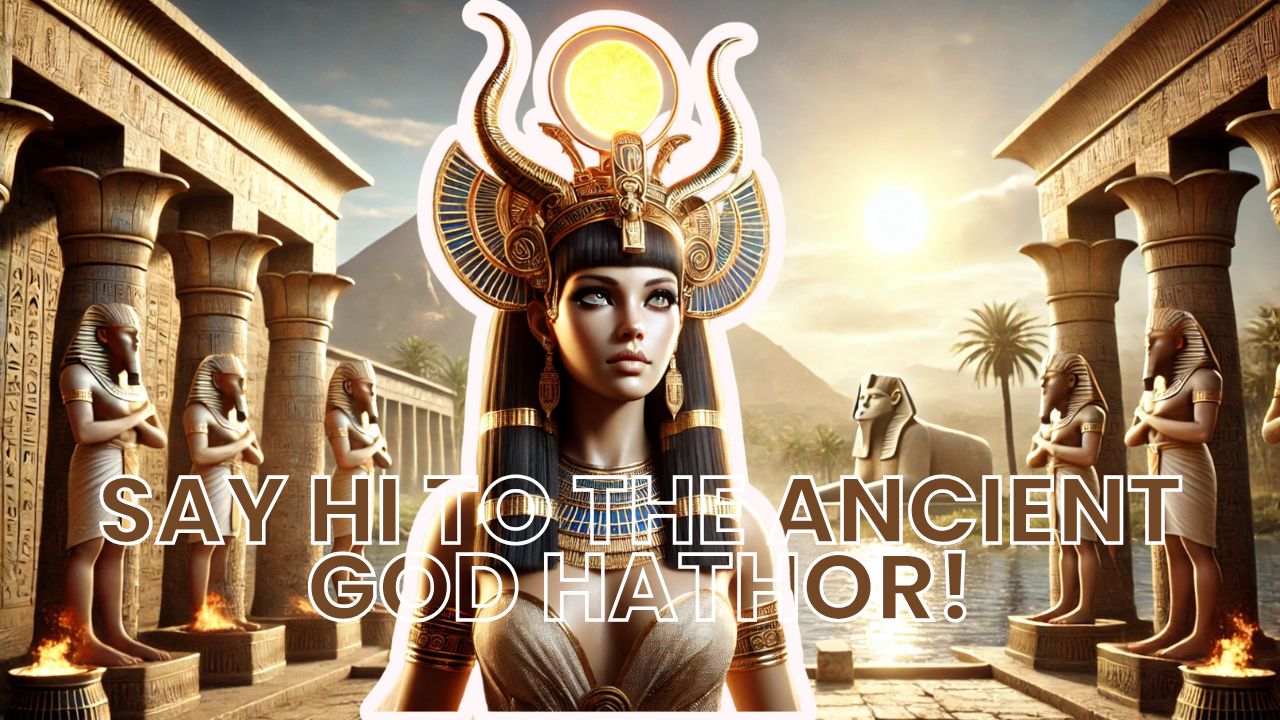
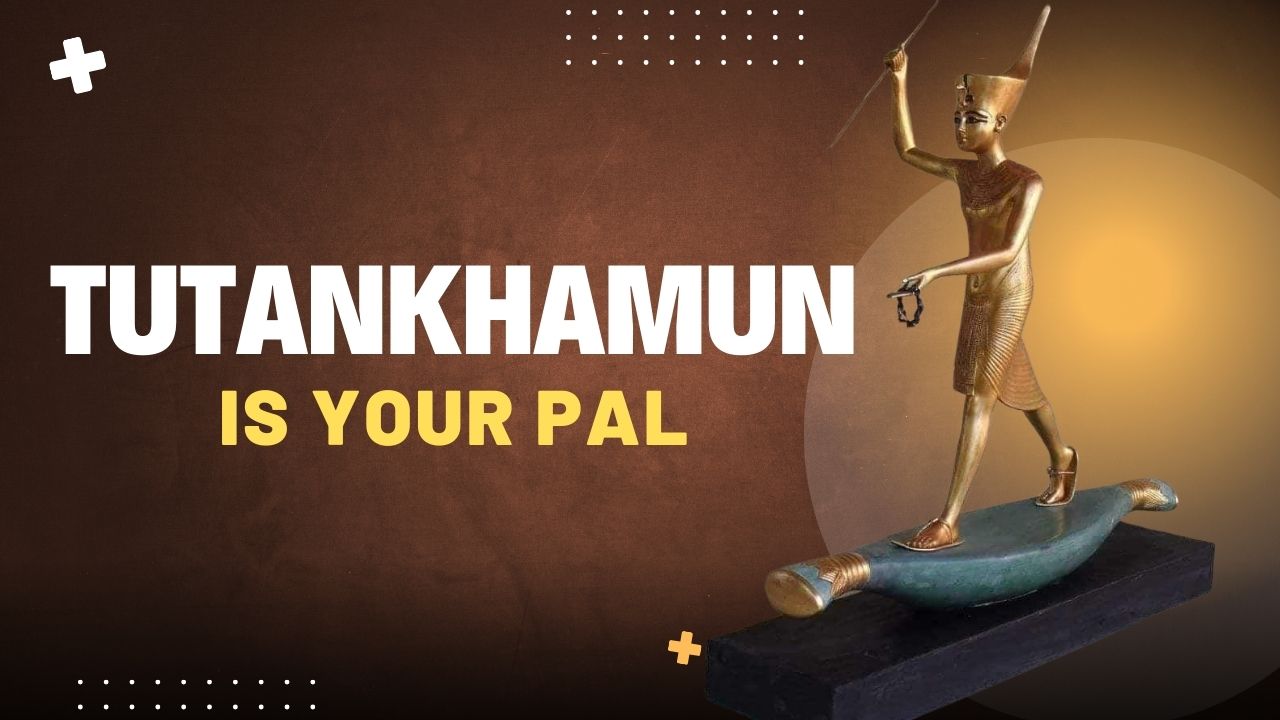




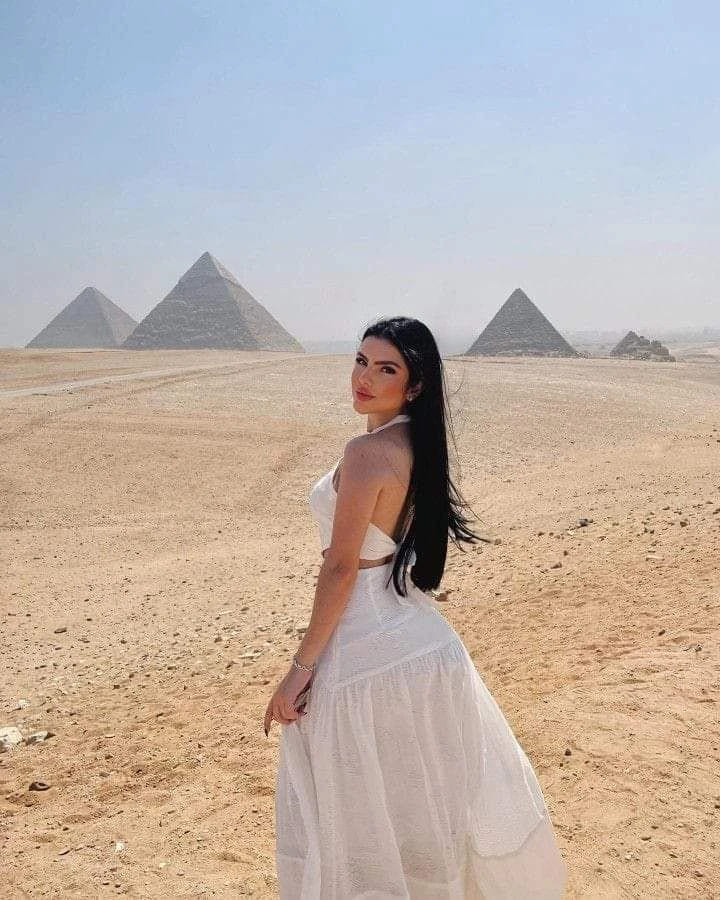

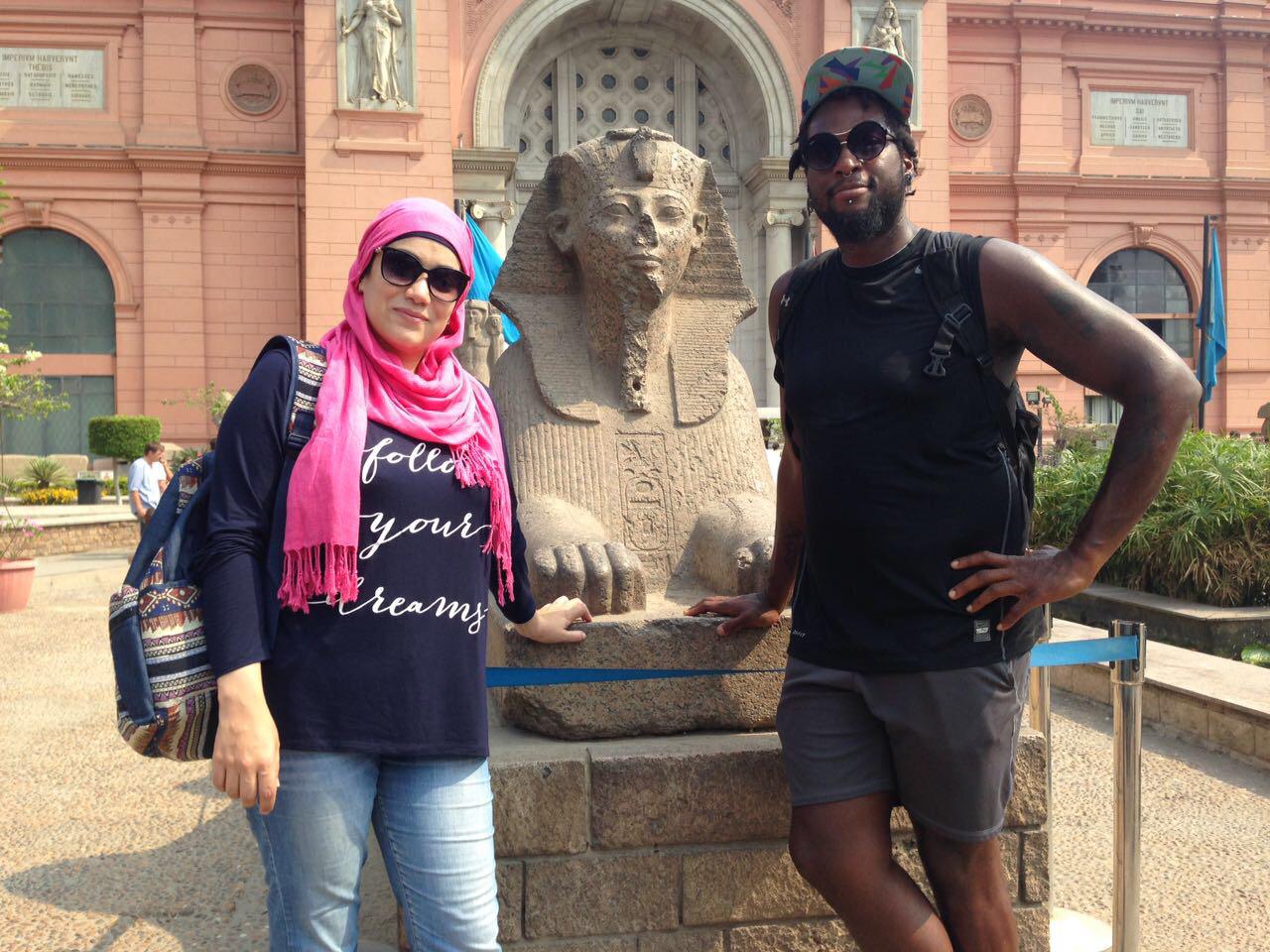
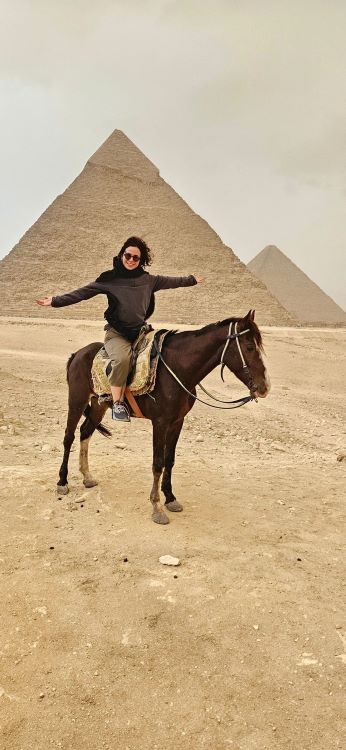
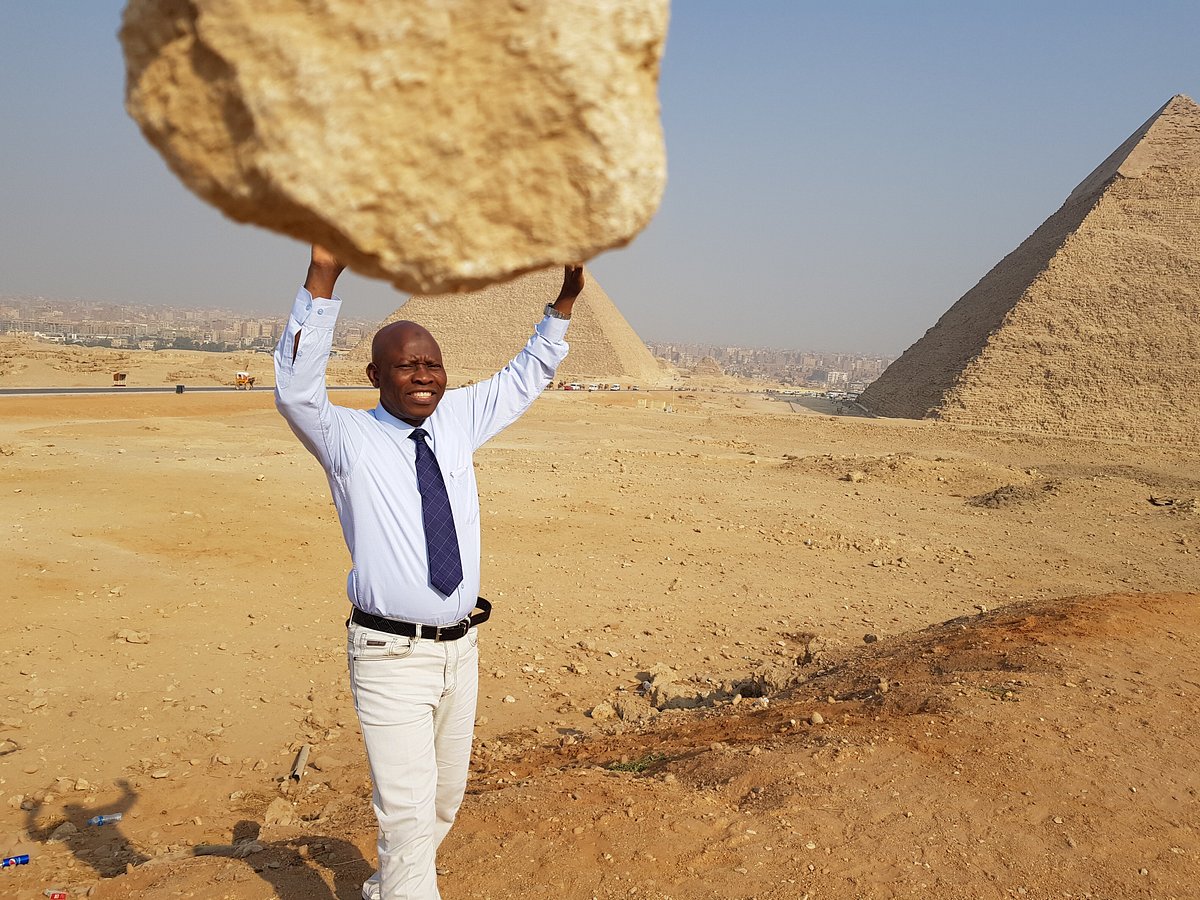
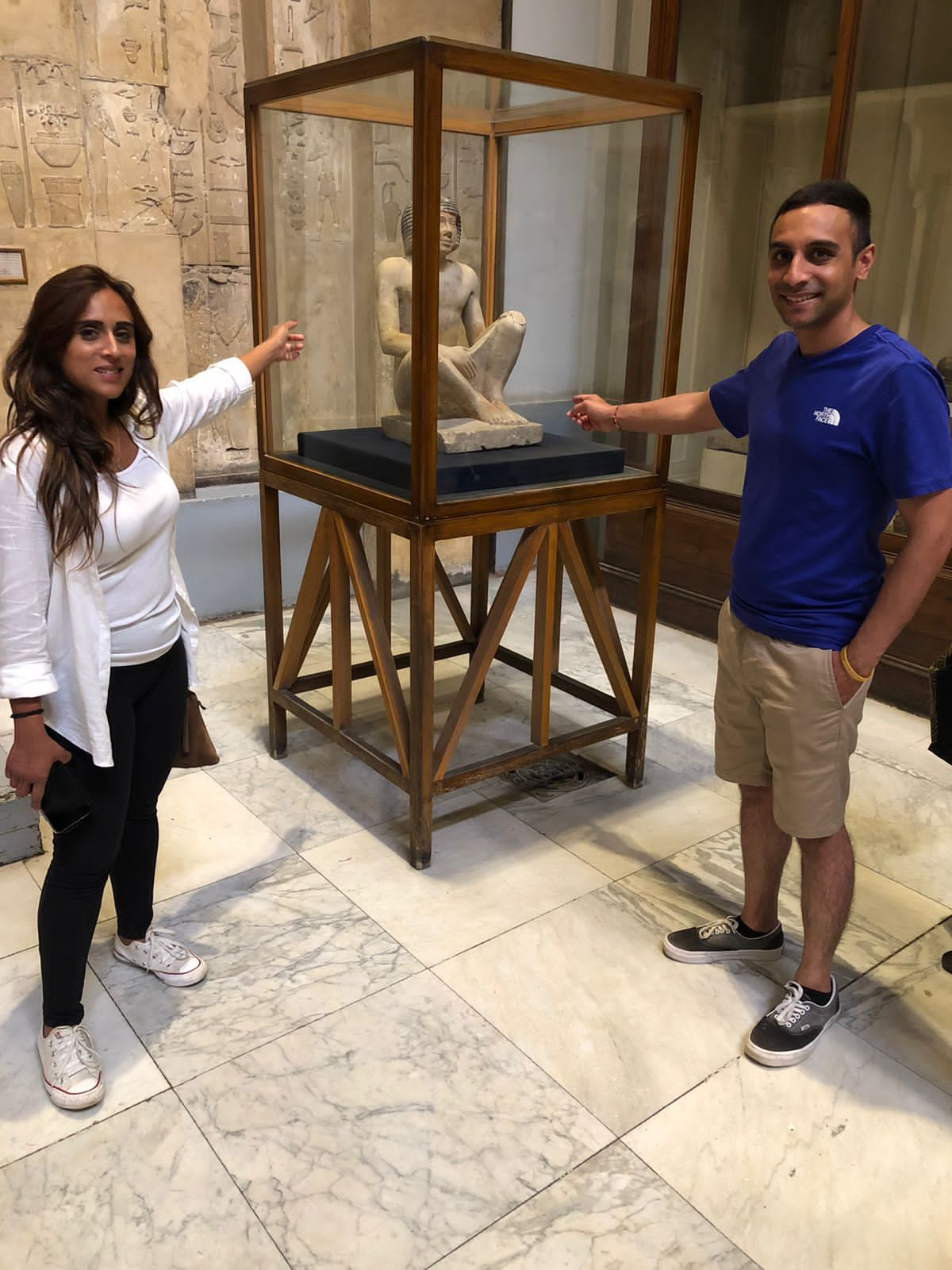

.jpg)
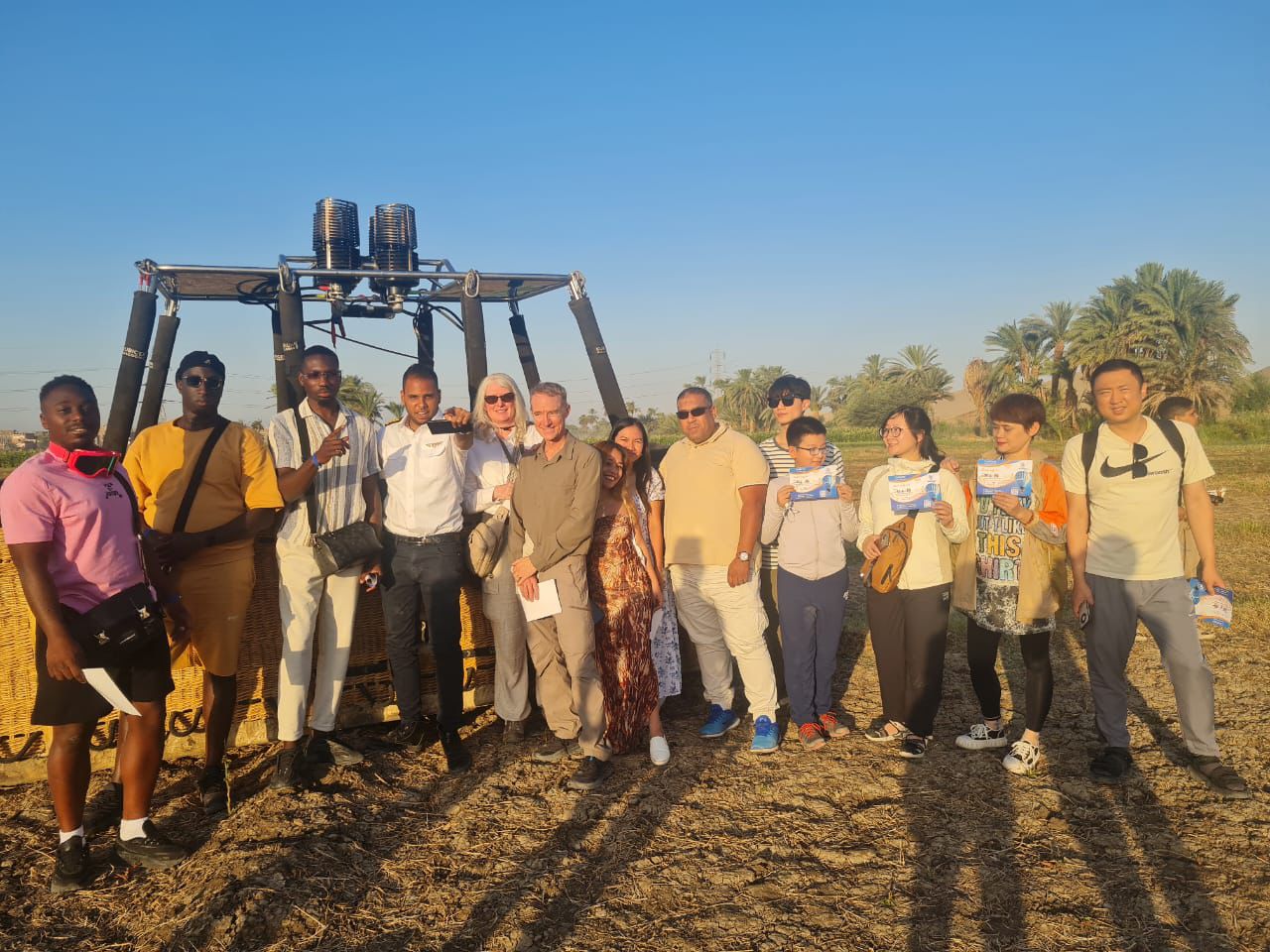
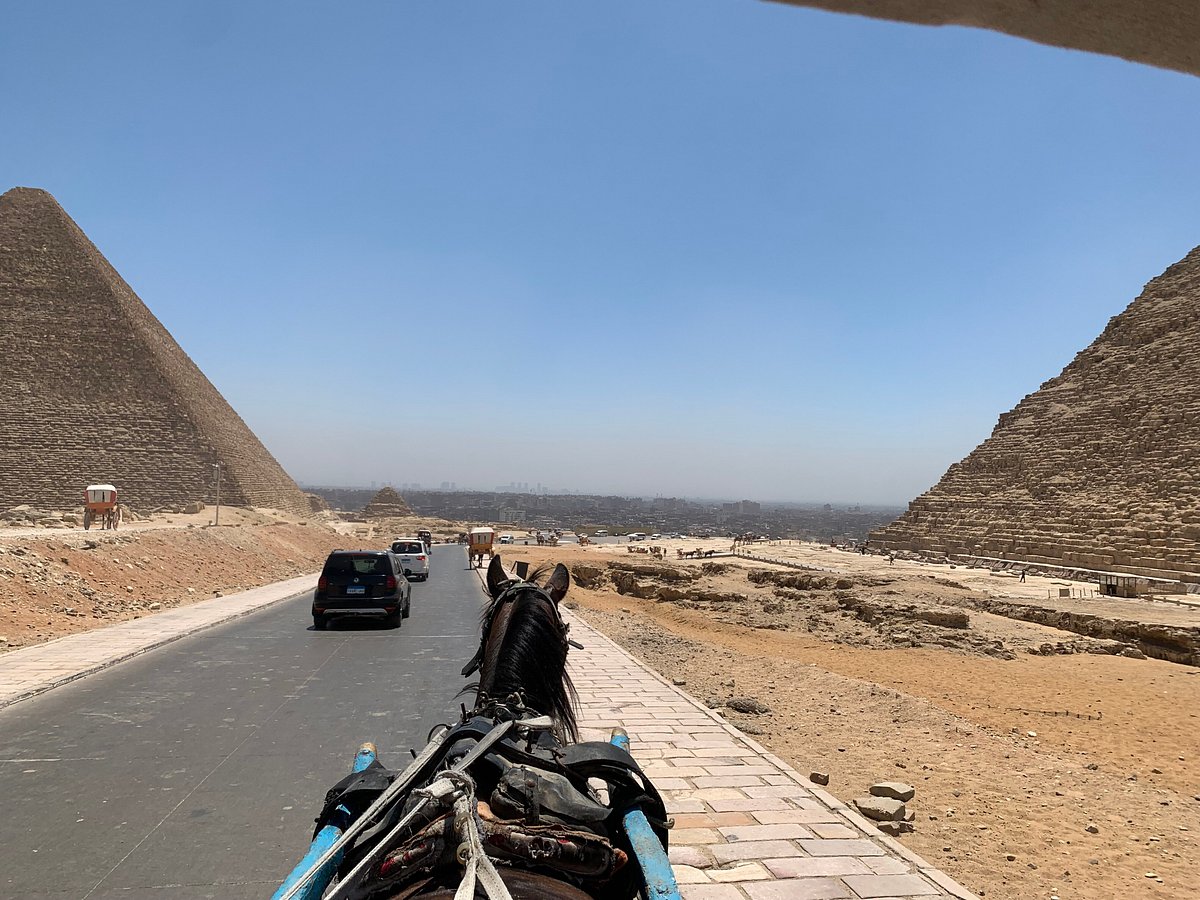
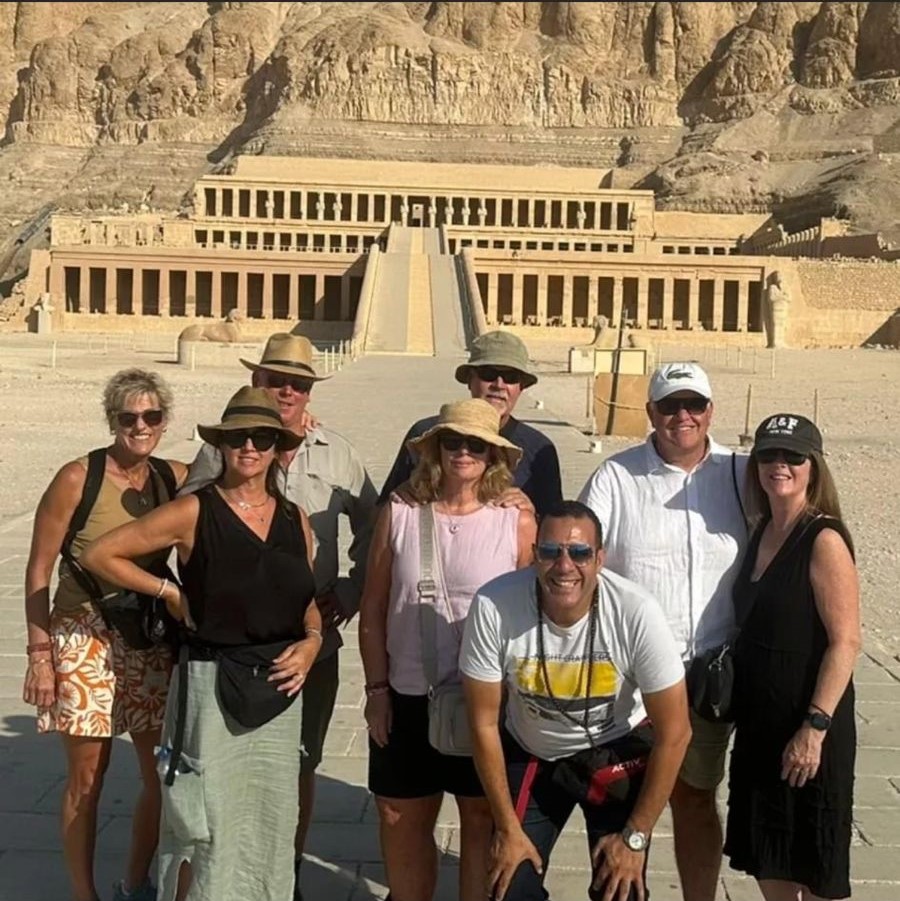
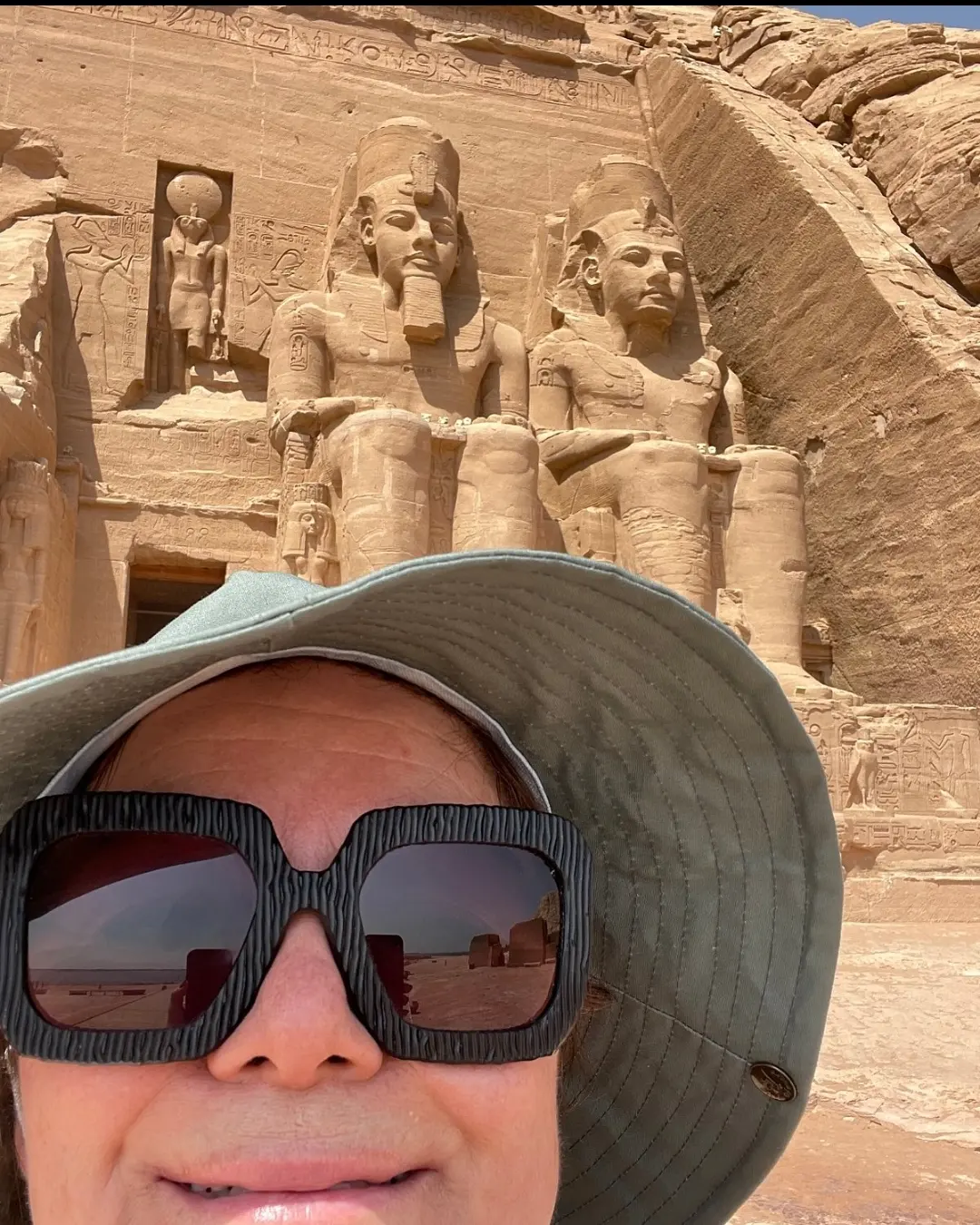
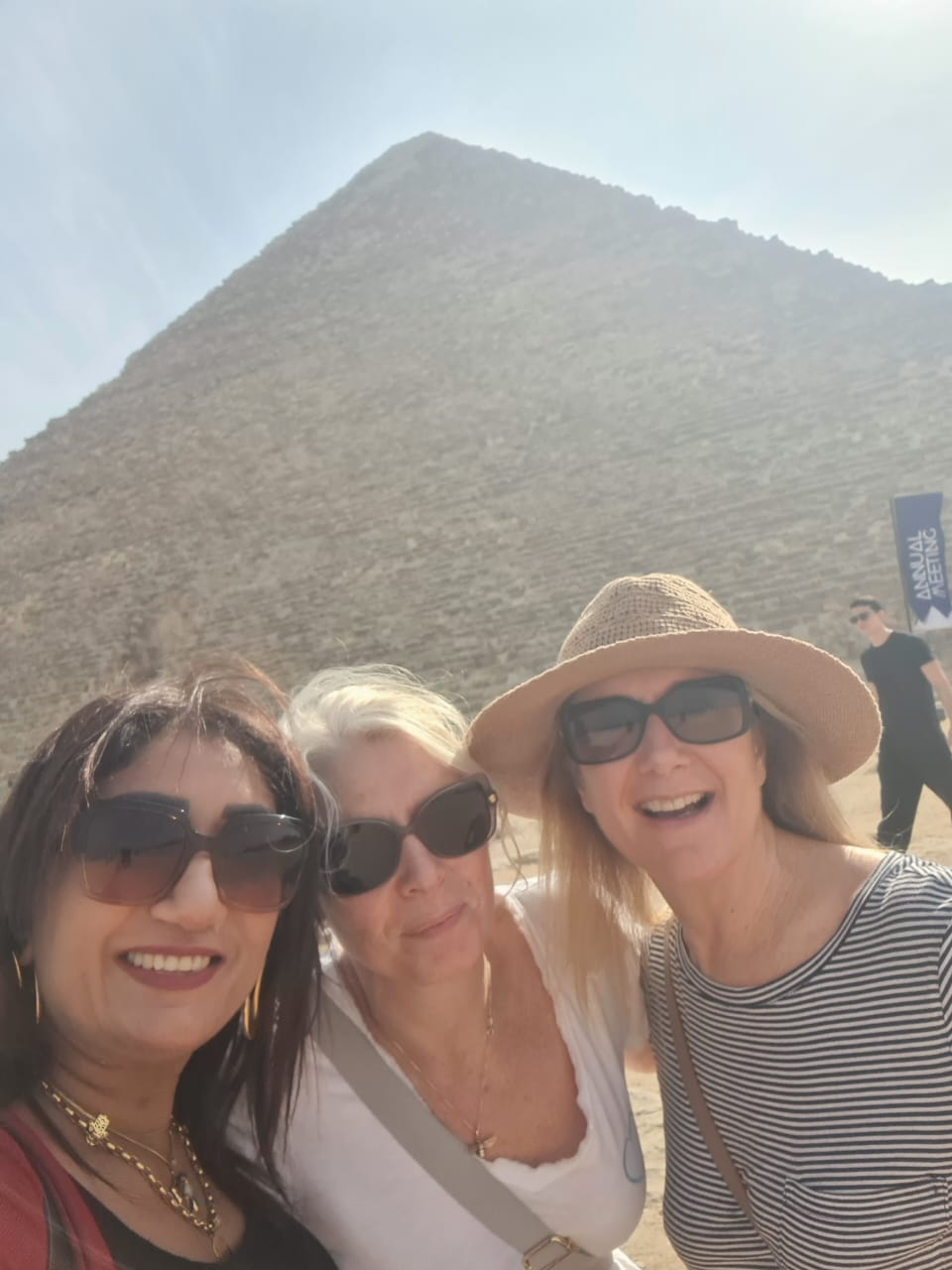
.jpeg)

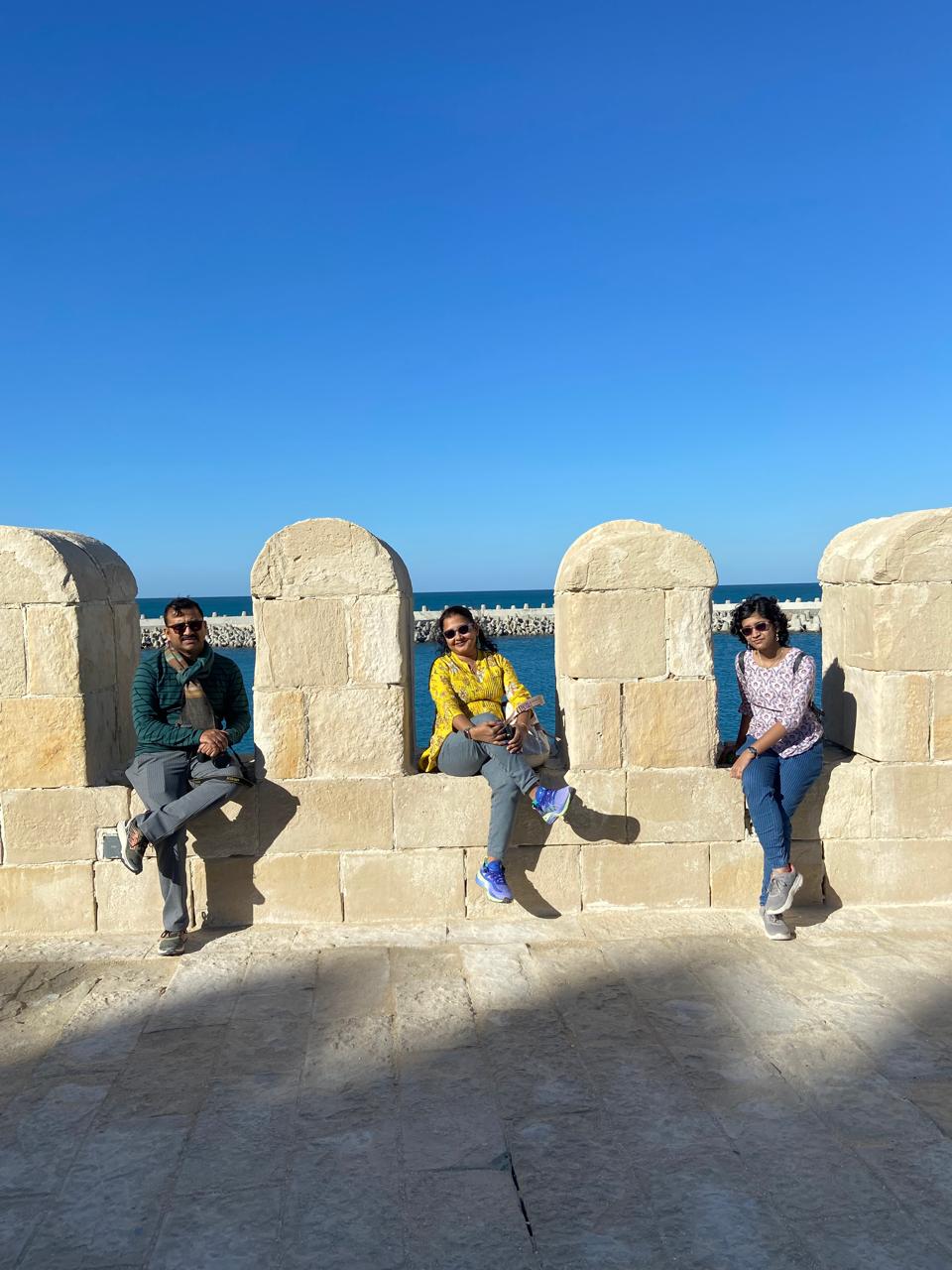
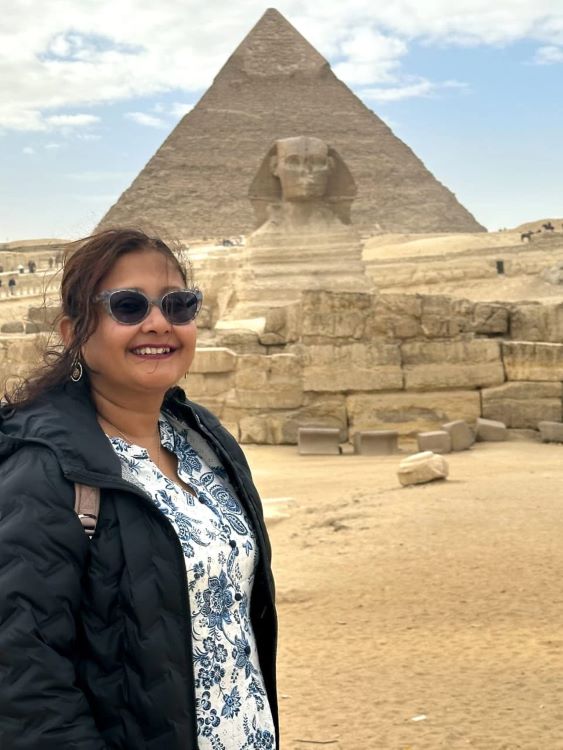
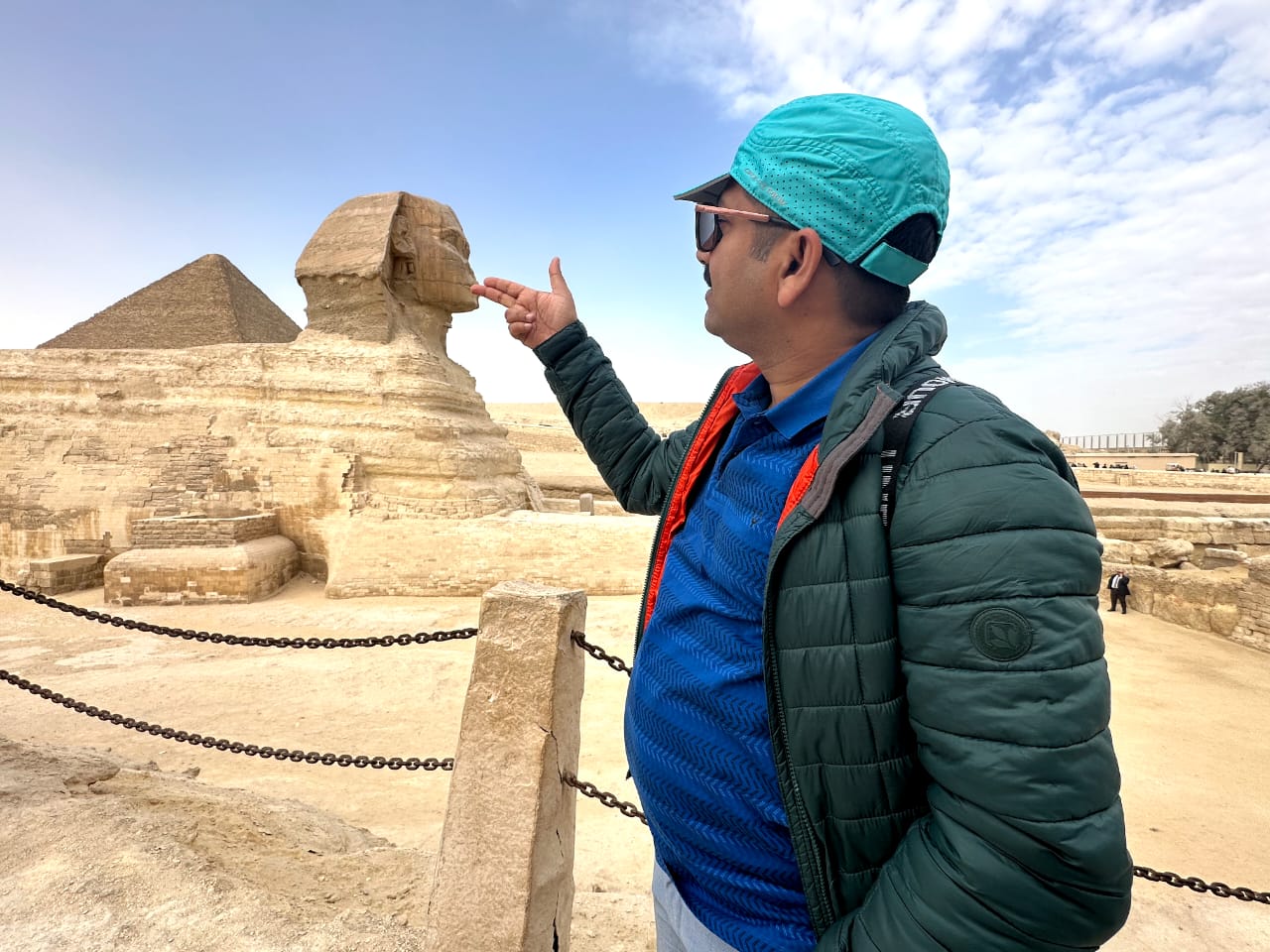

.jpg)
.jpg)
.jpeg)
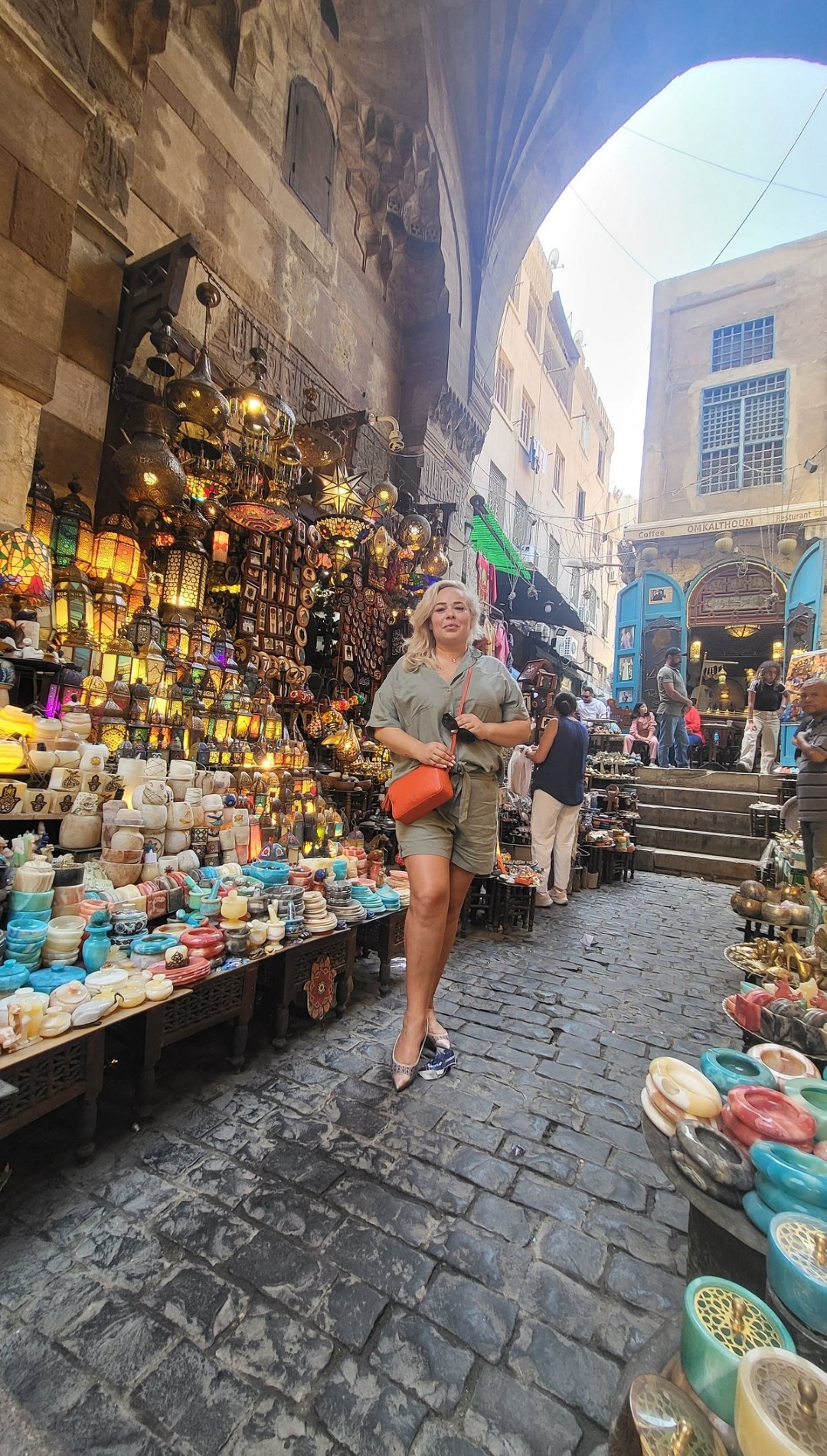
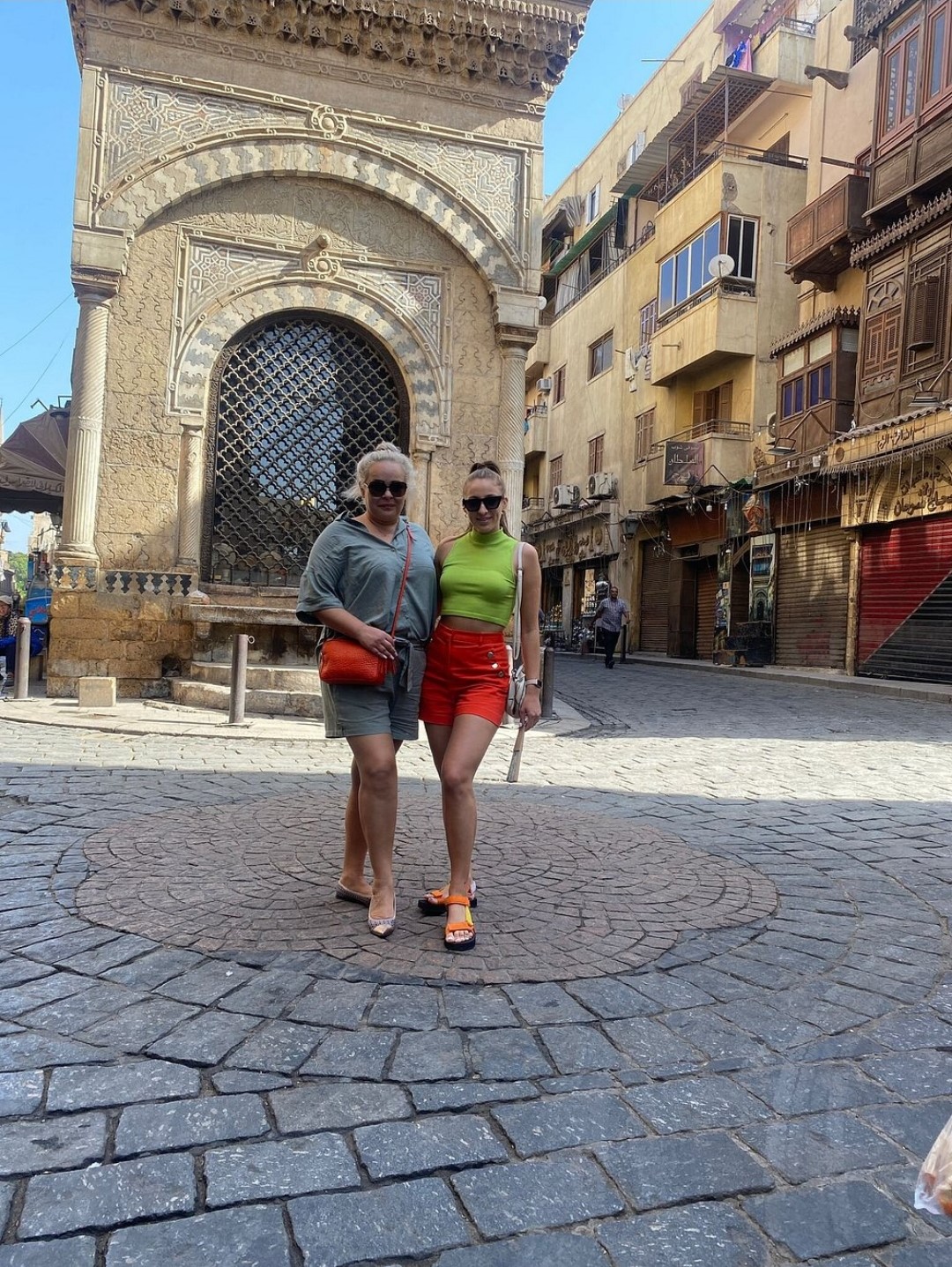
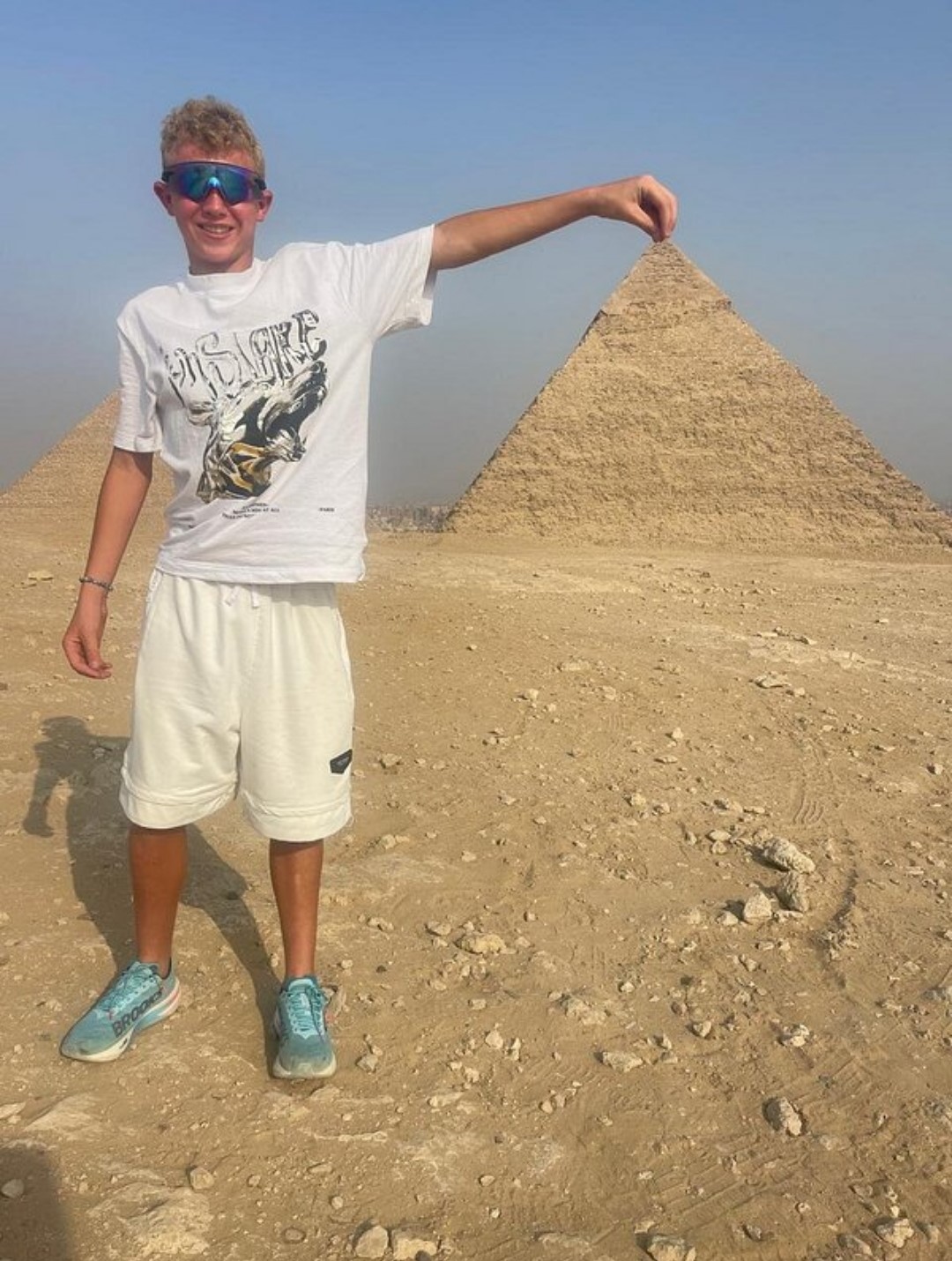
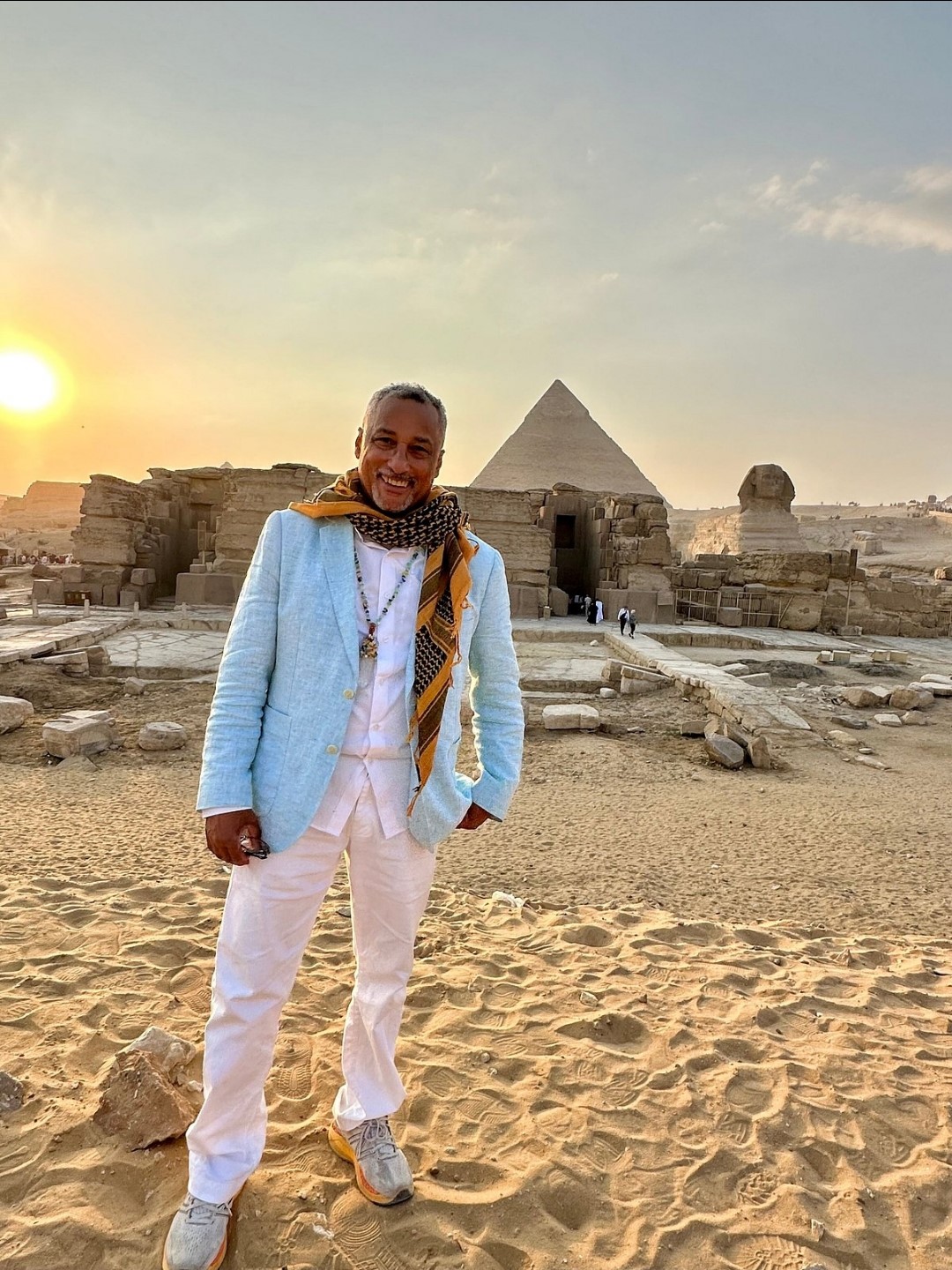
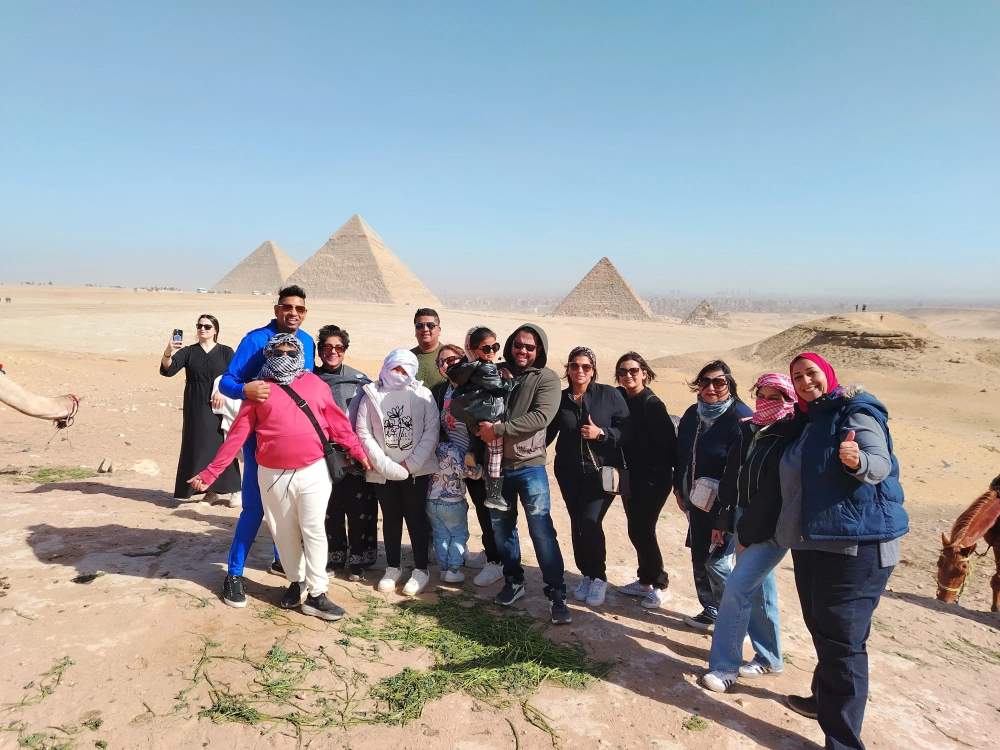
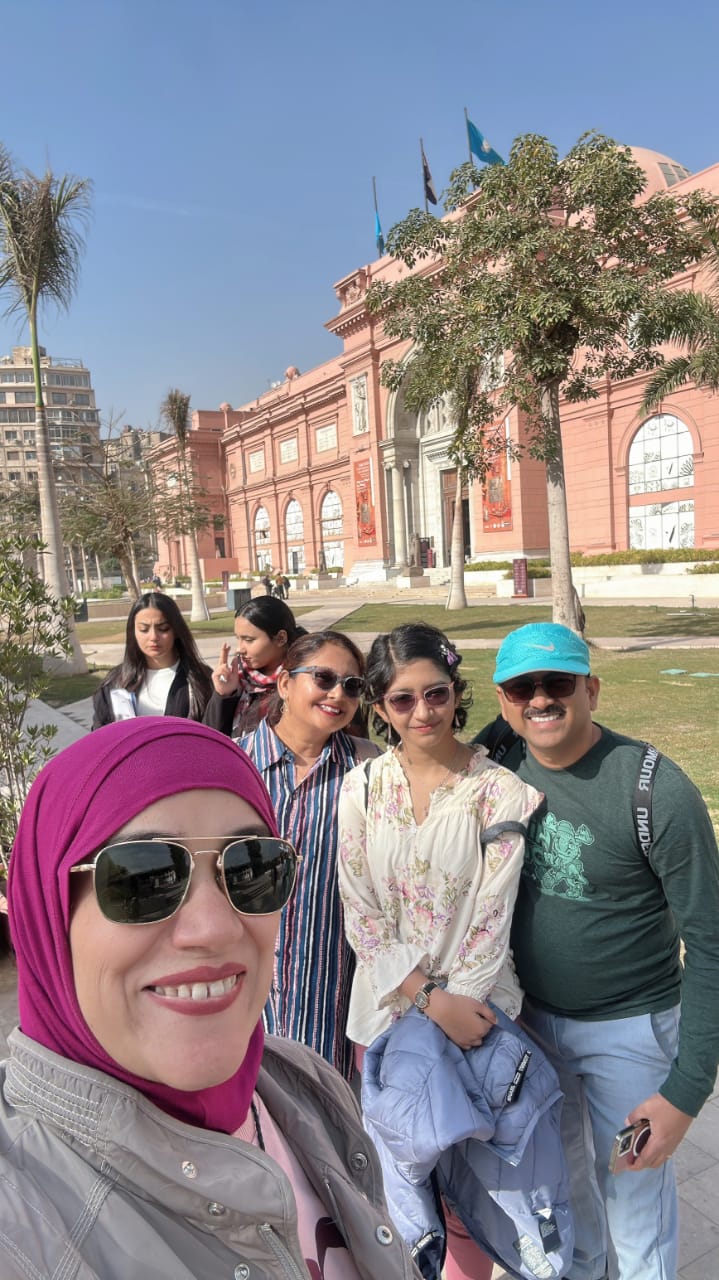
.jpg)
.jpg)
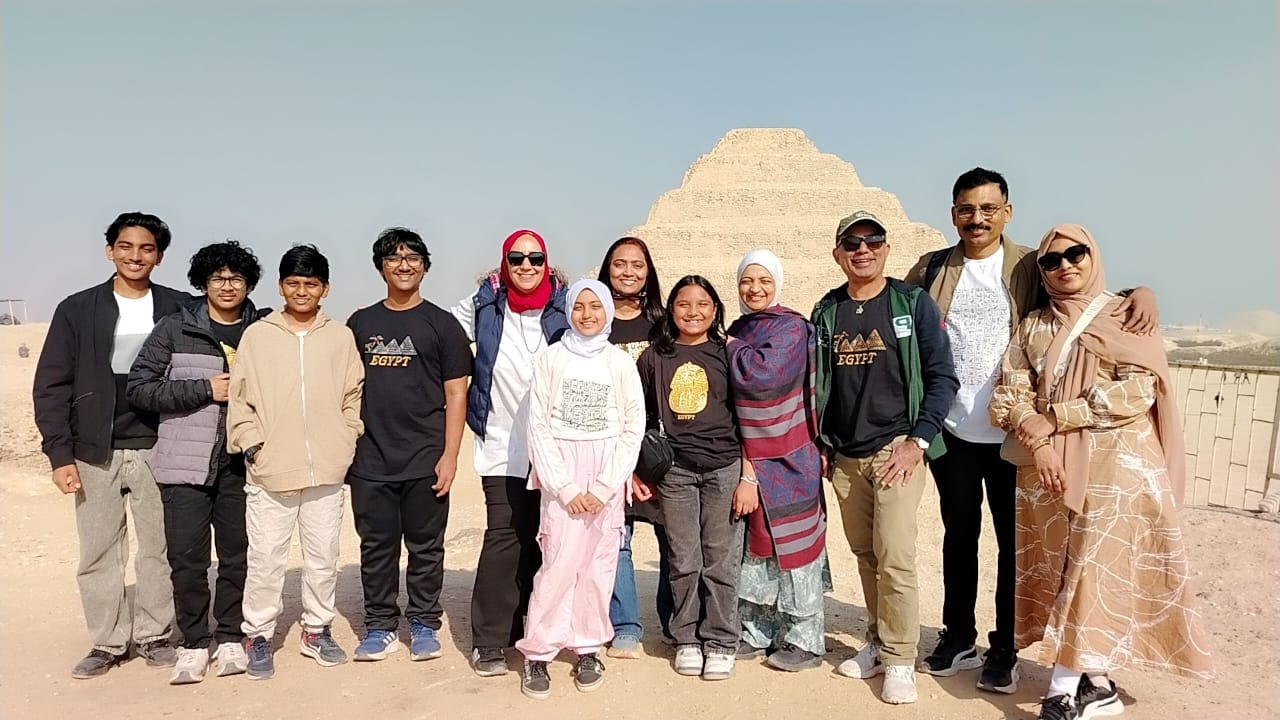
.jpg)
.jpg)
.jpg)
.jpg)
.jpg)
.jpg)
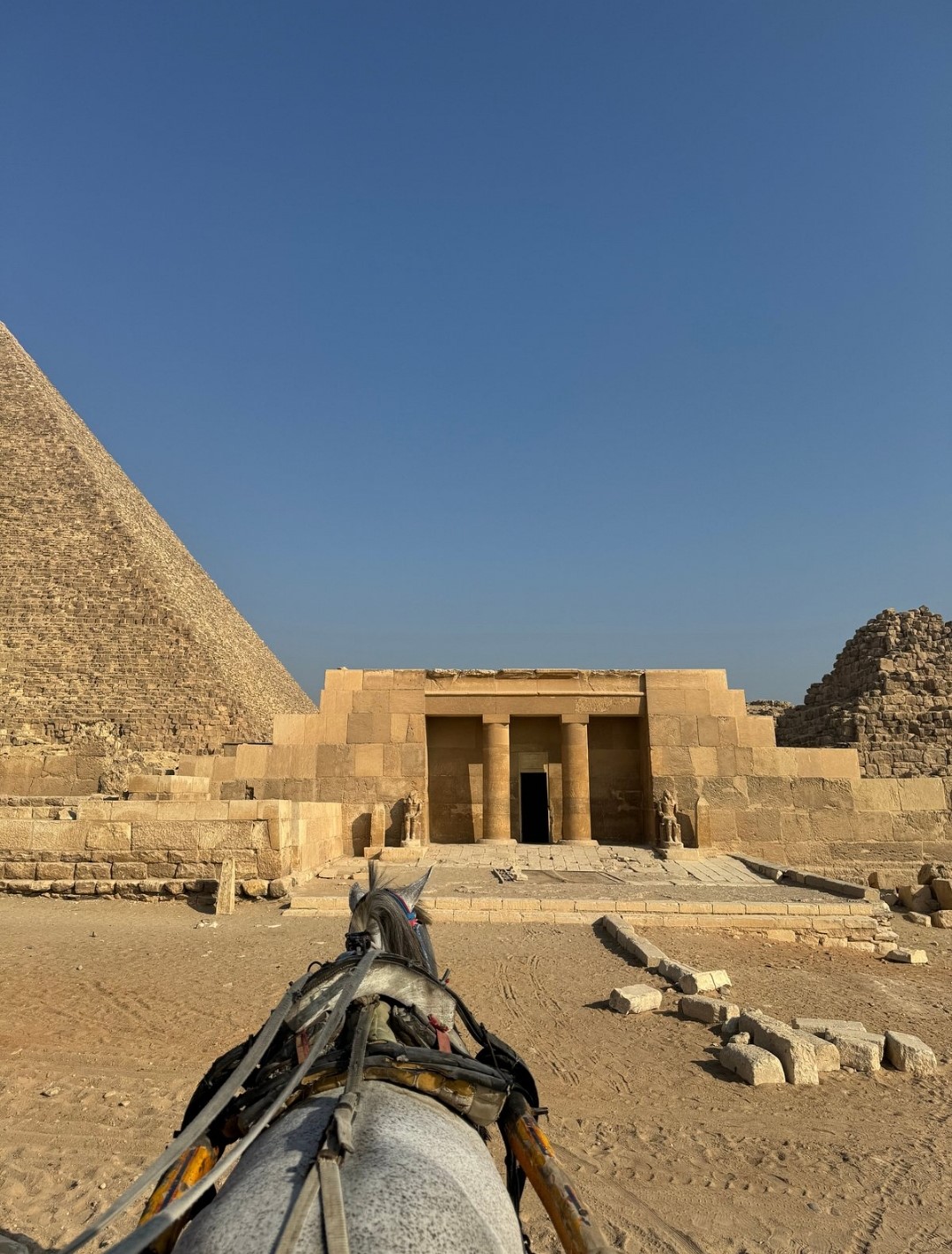
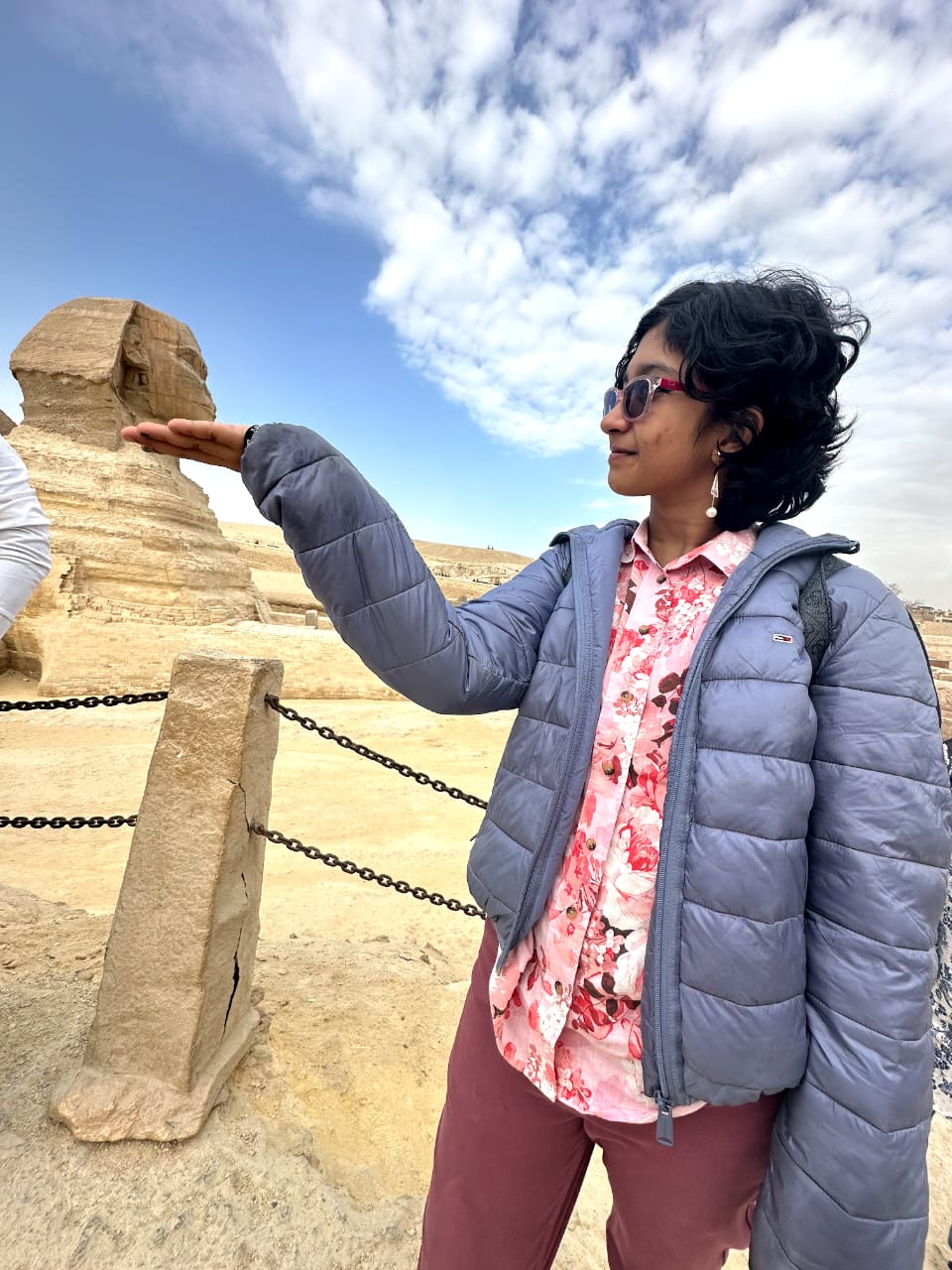
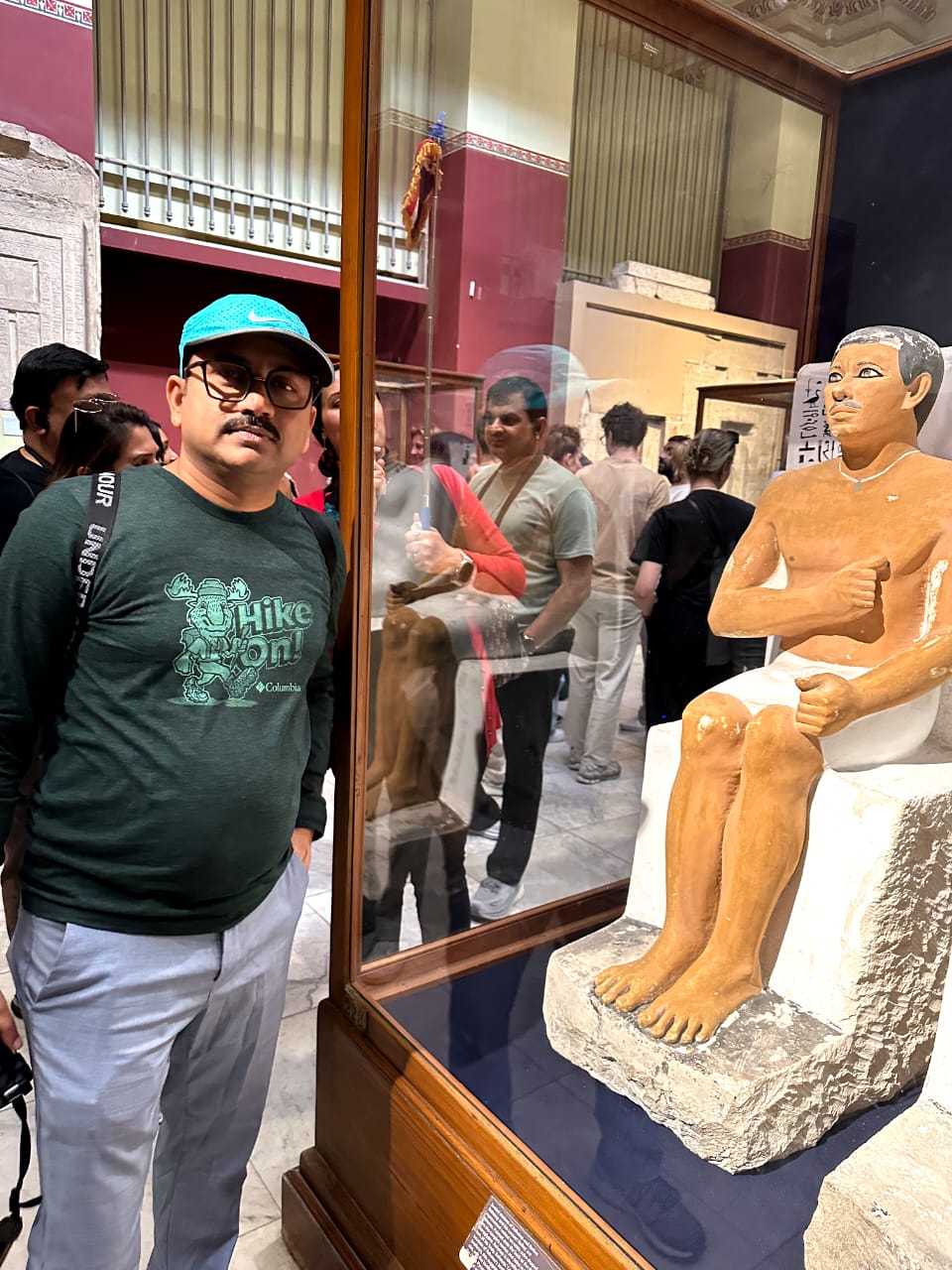
.jpg)
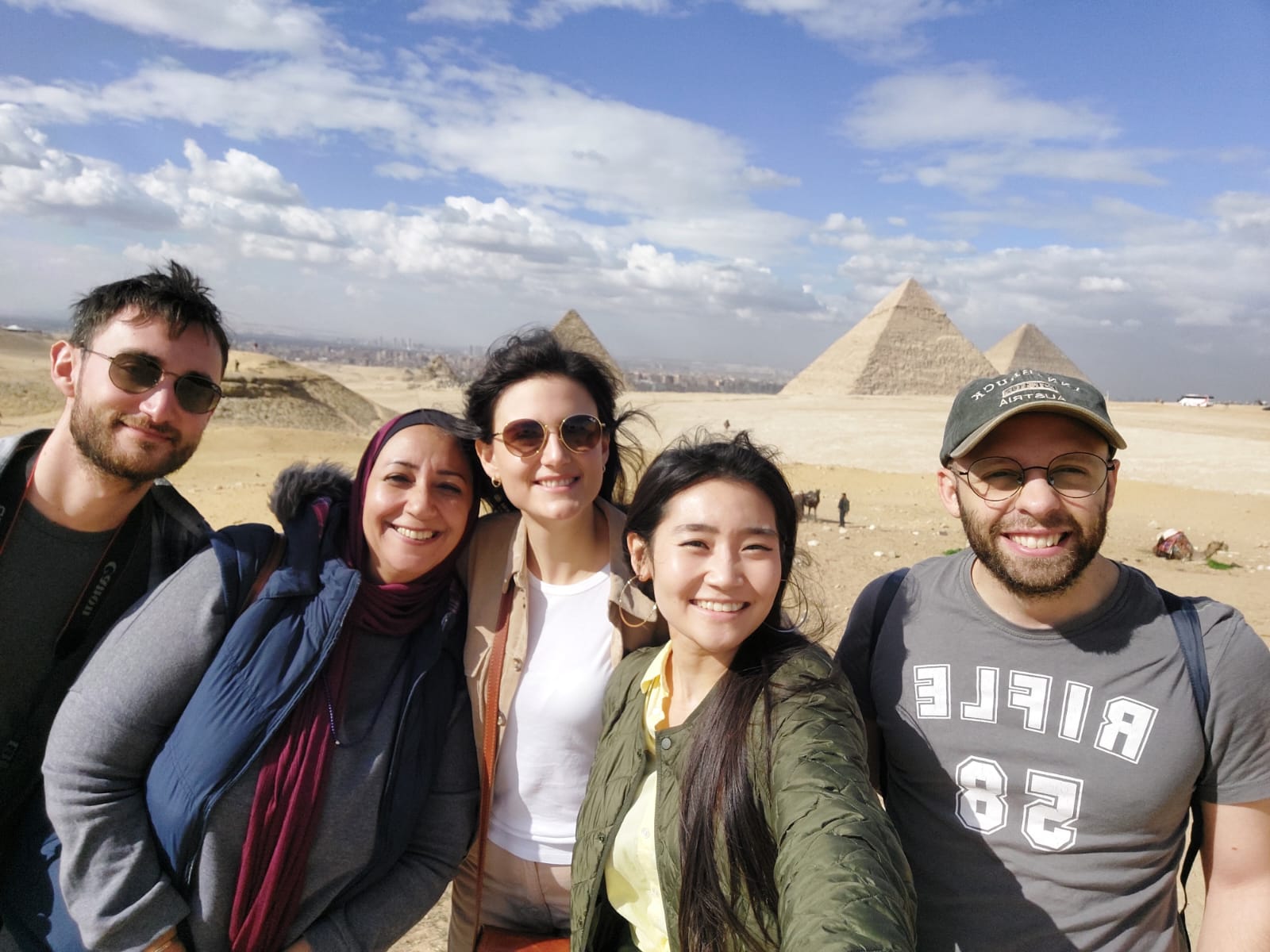
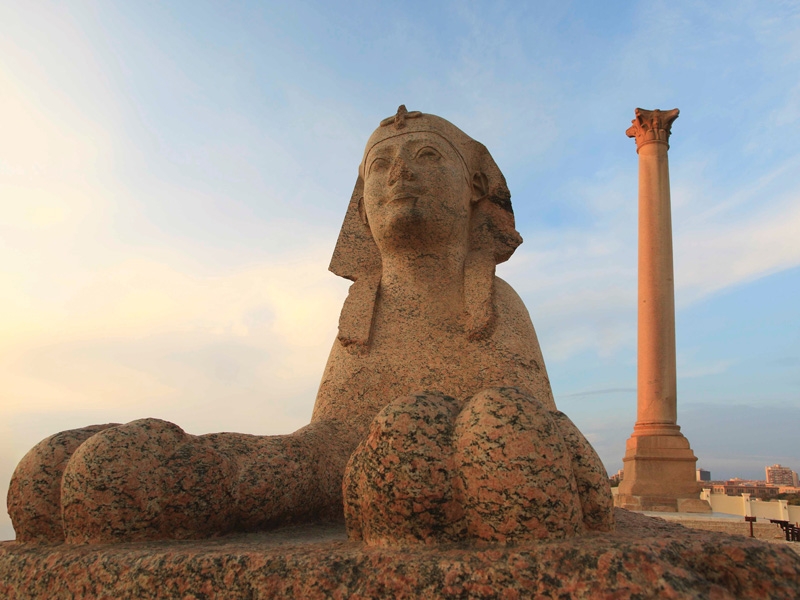
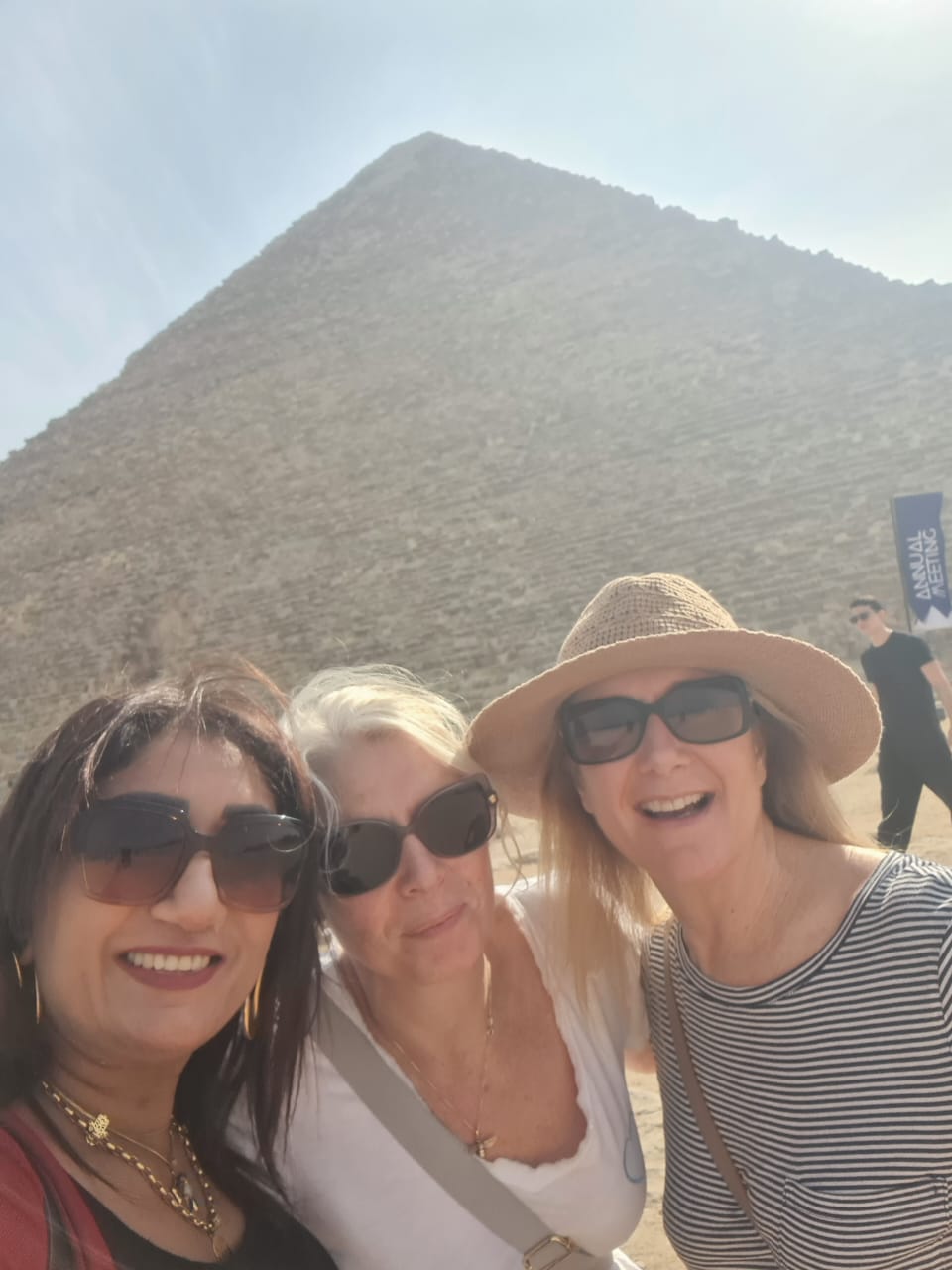


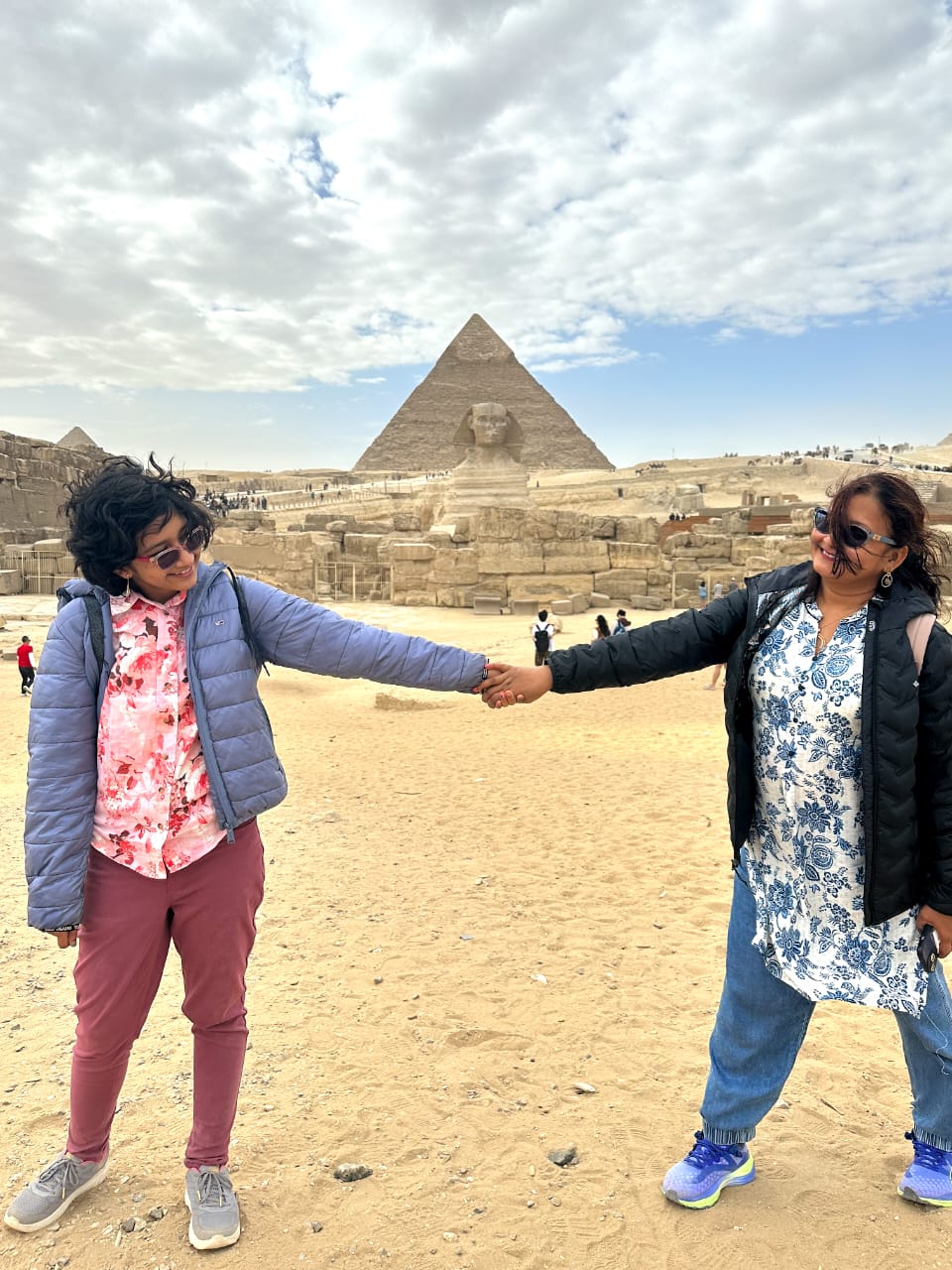
.jpg)
.jpg)







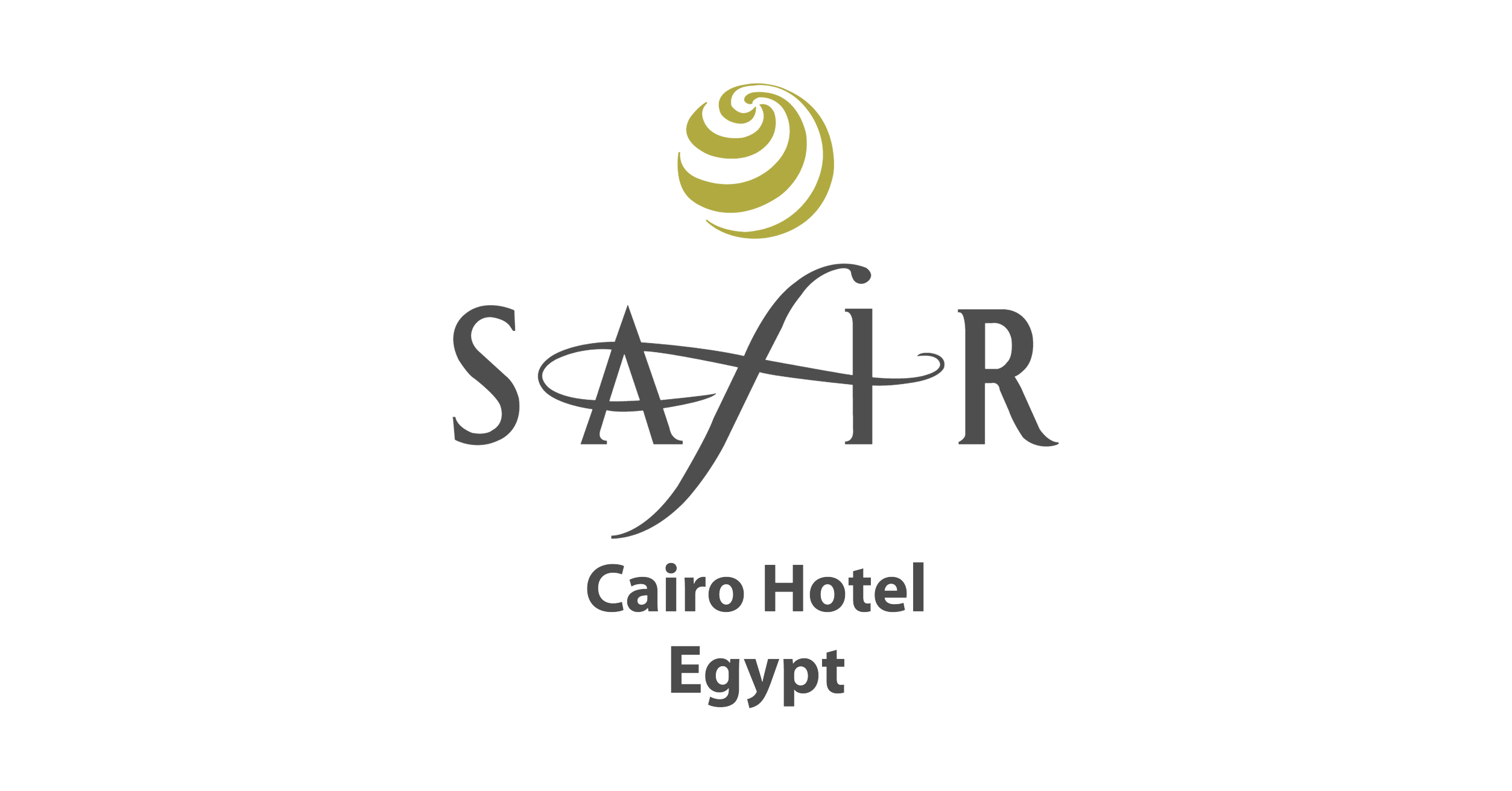


.png)

